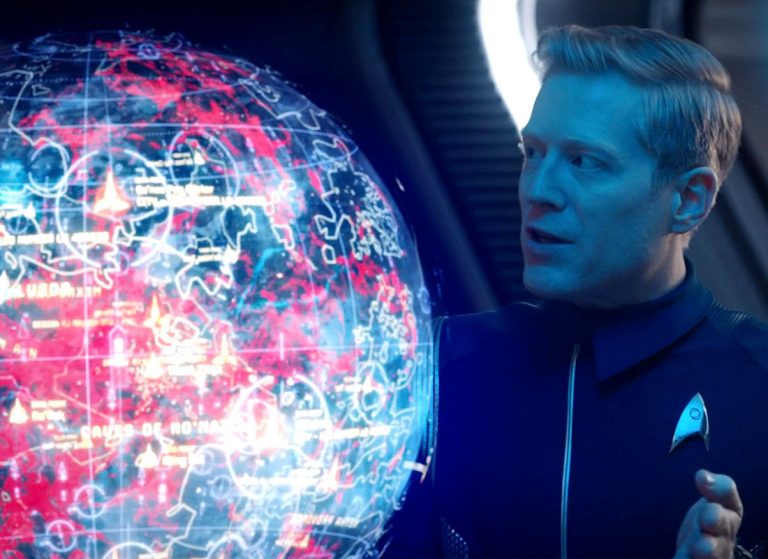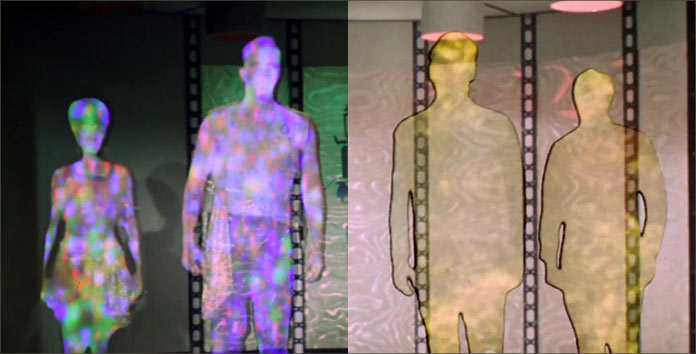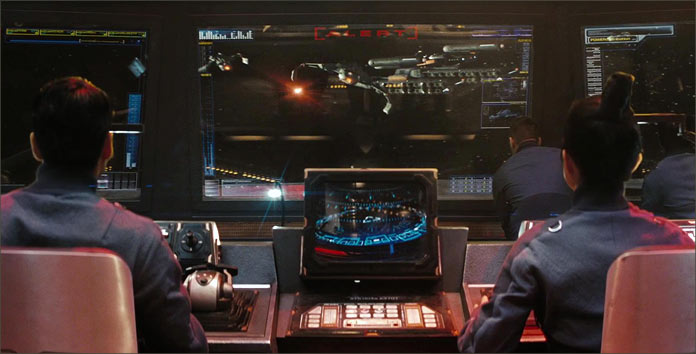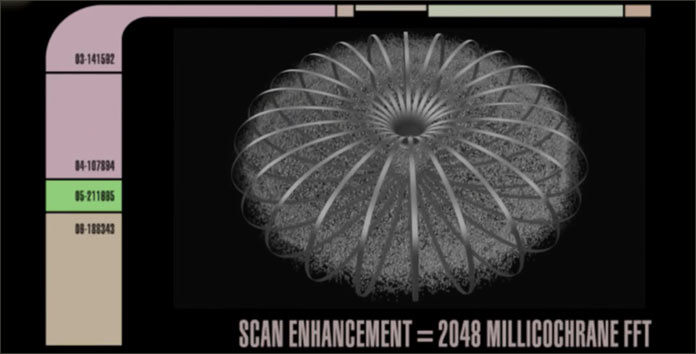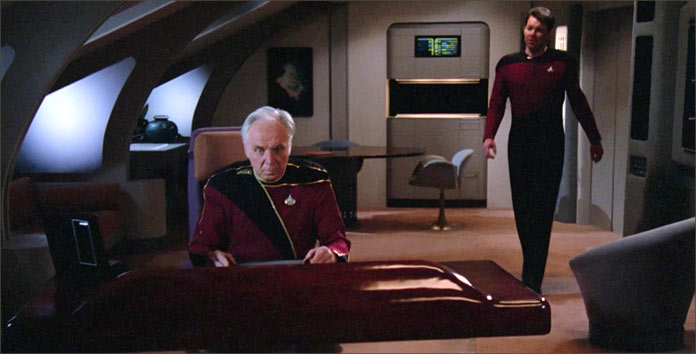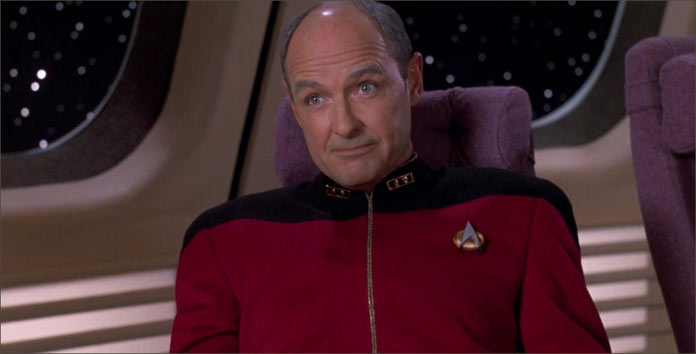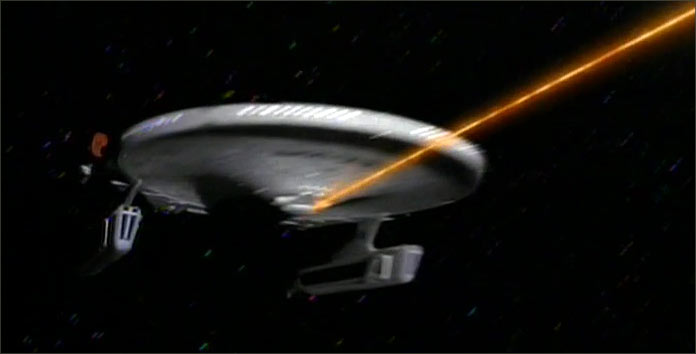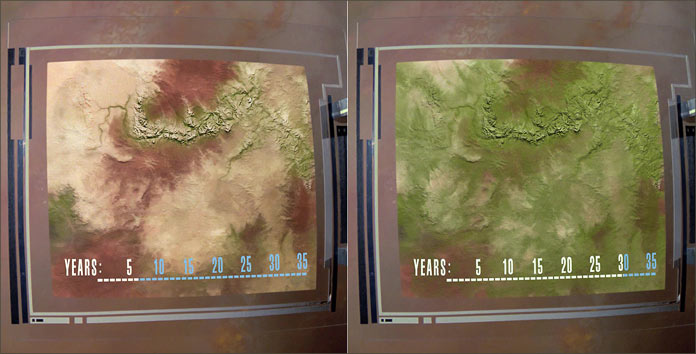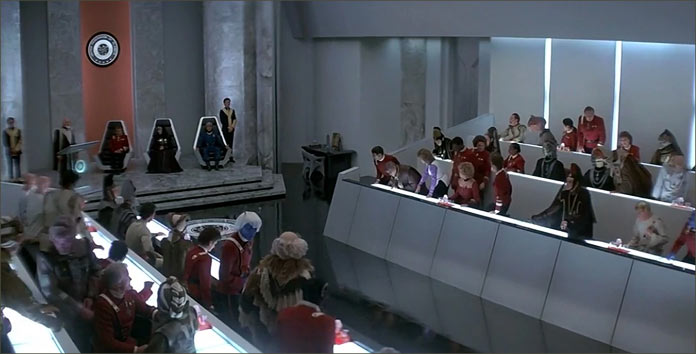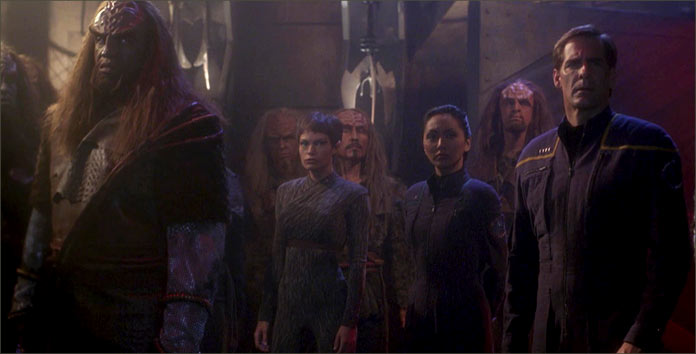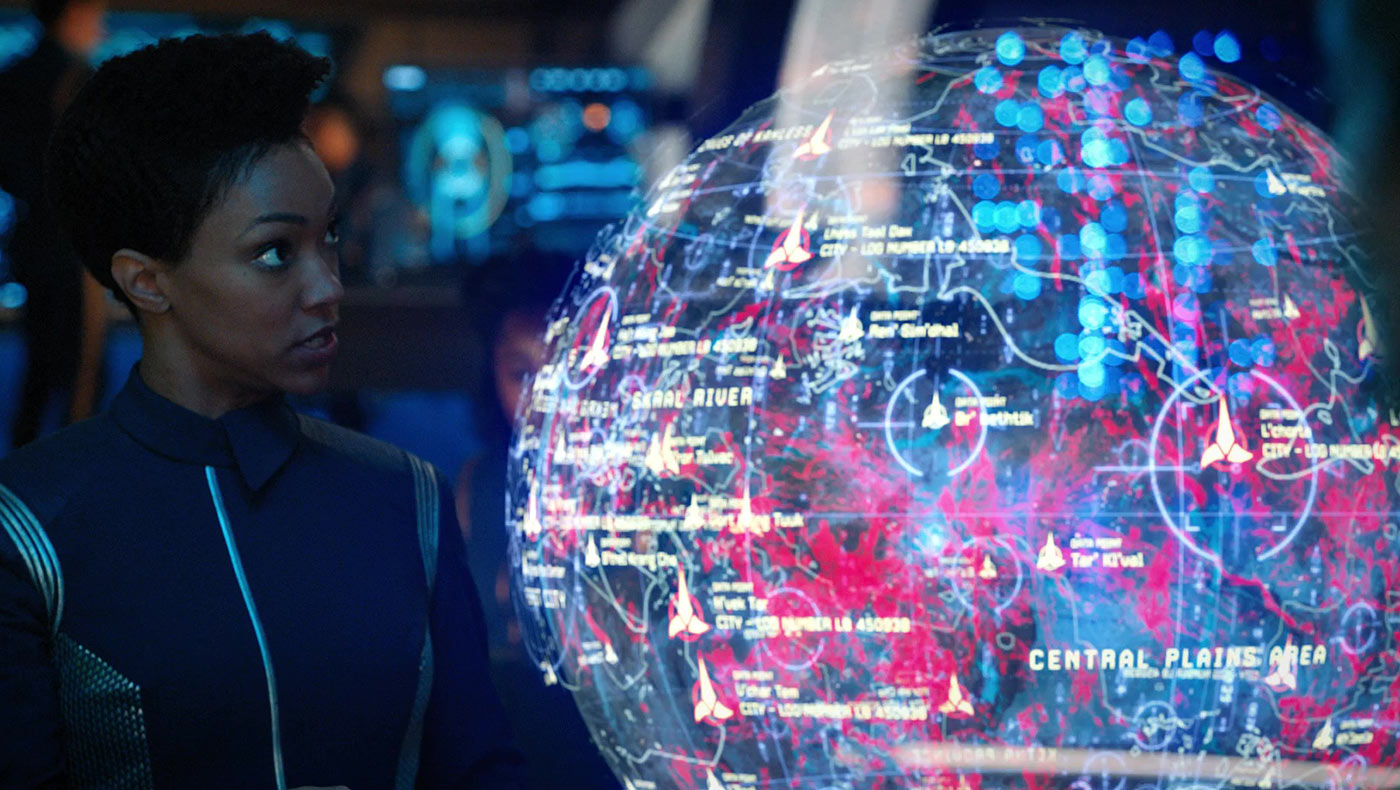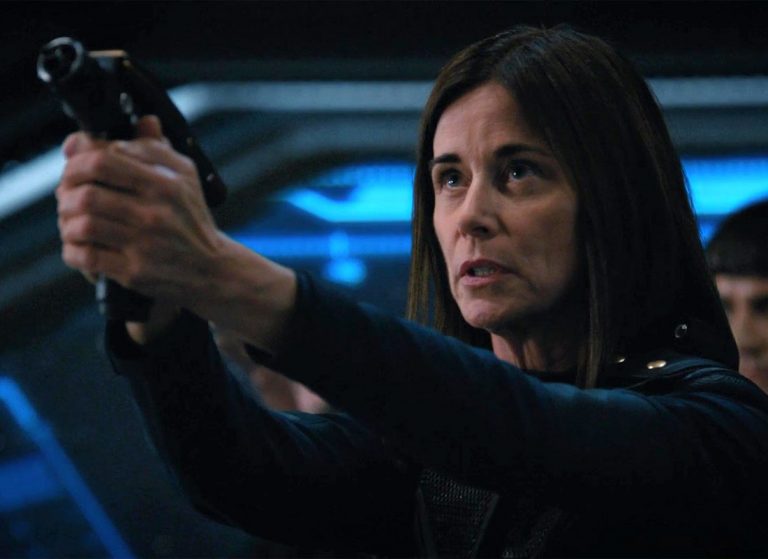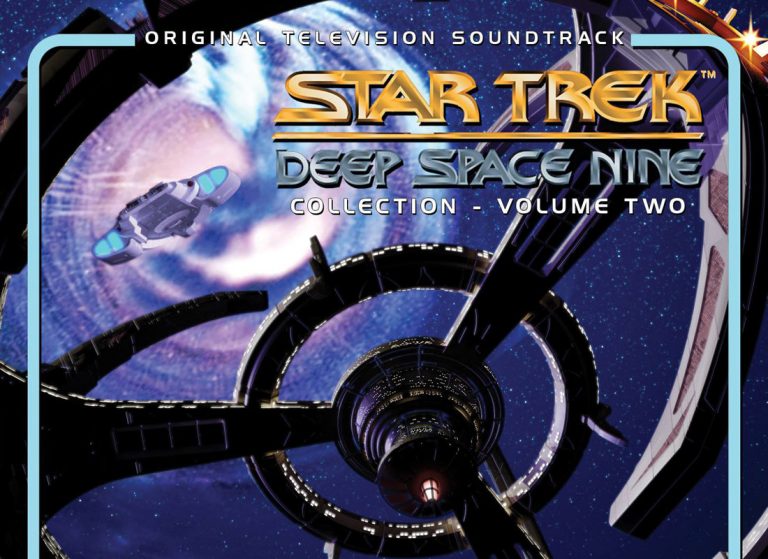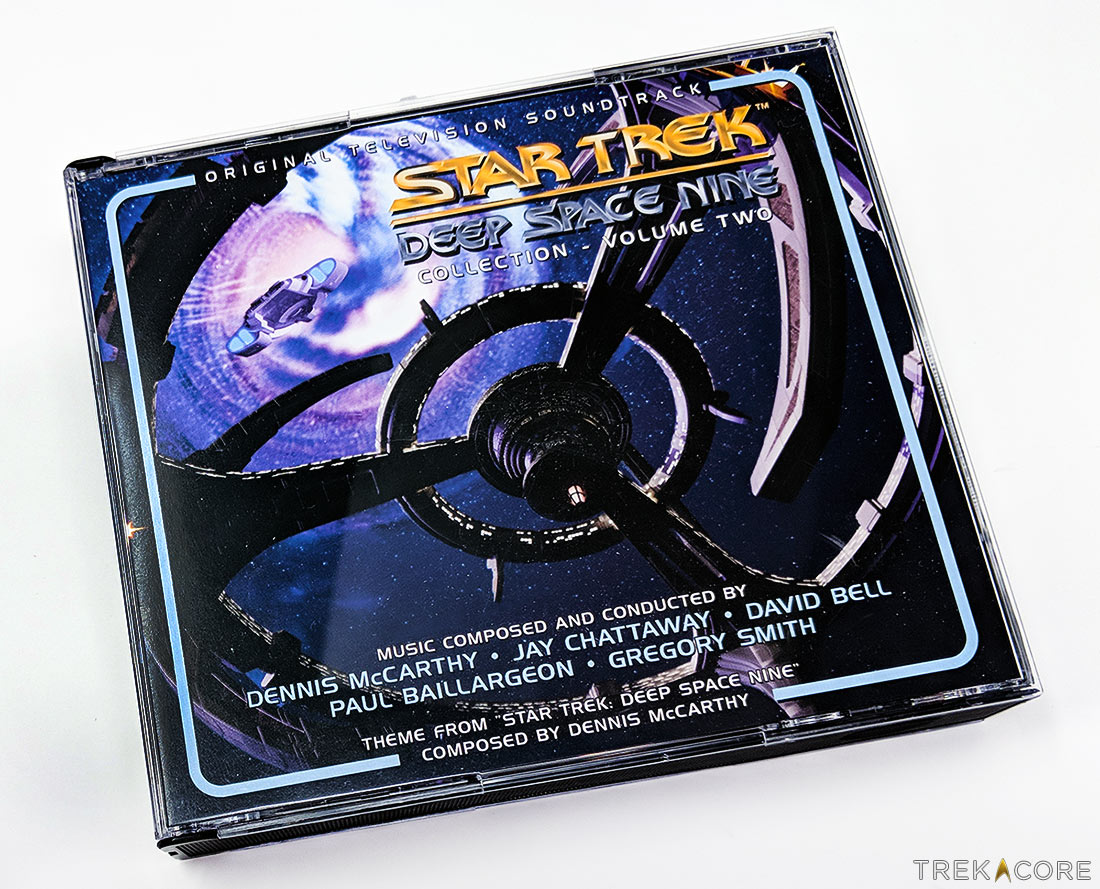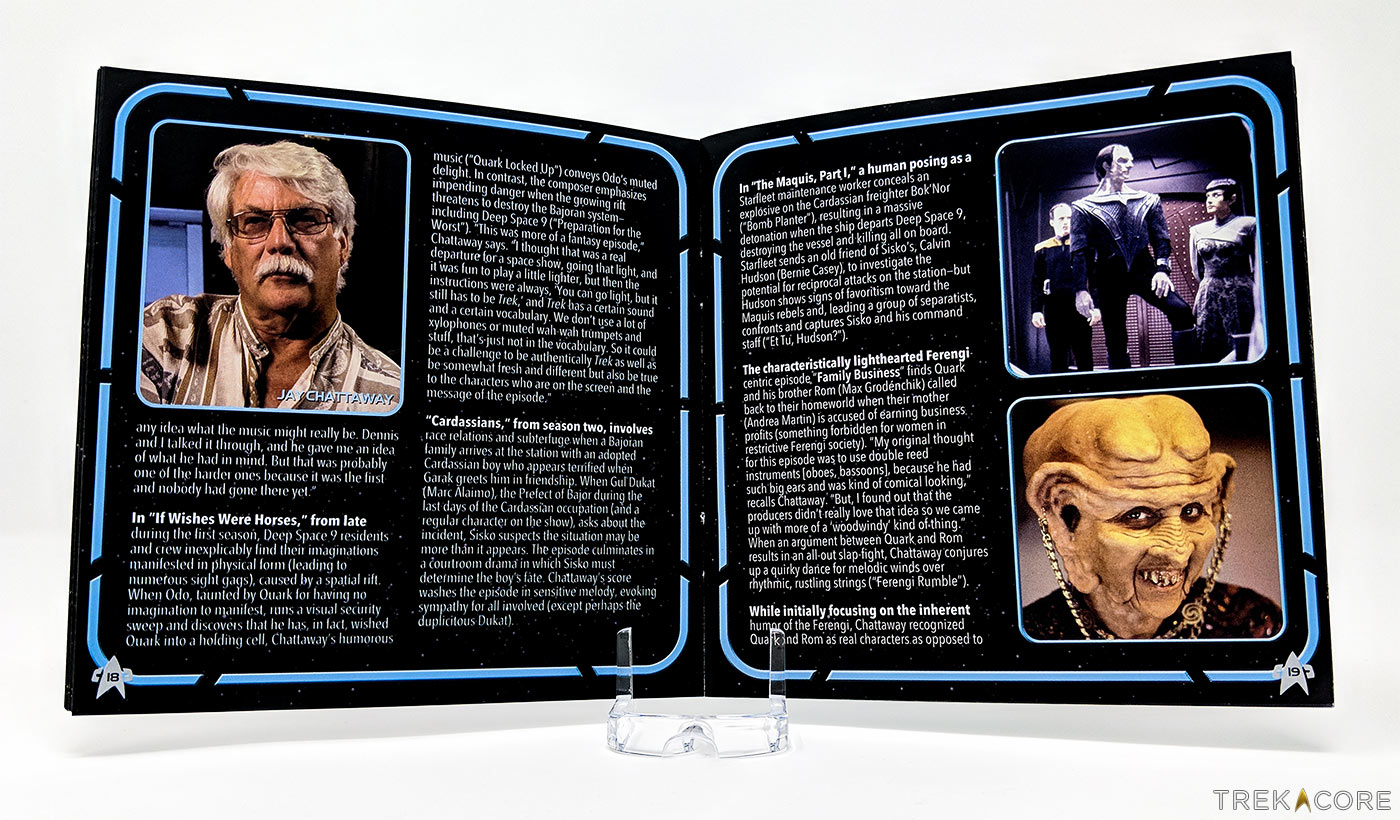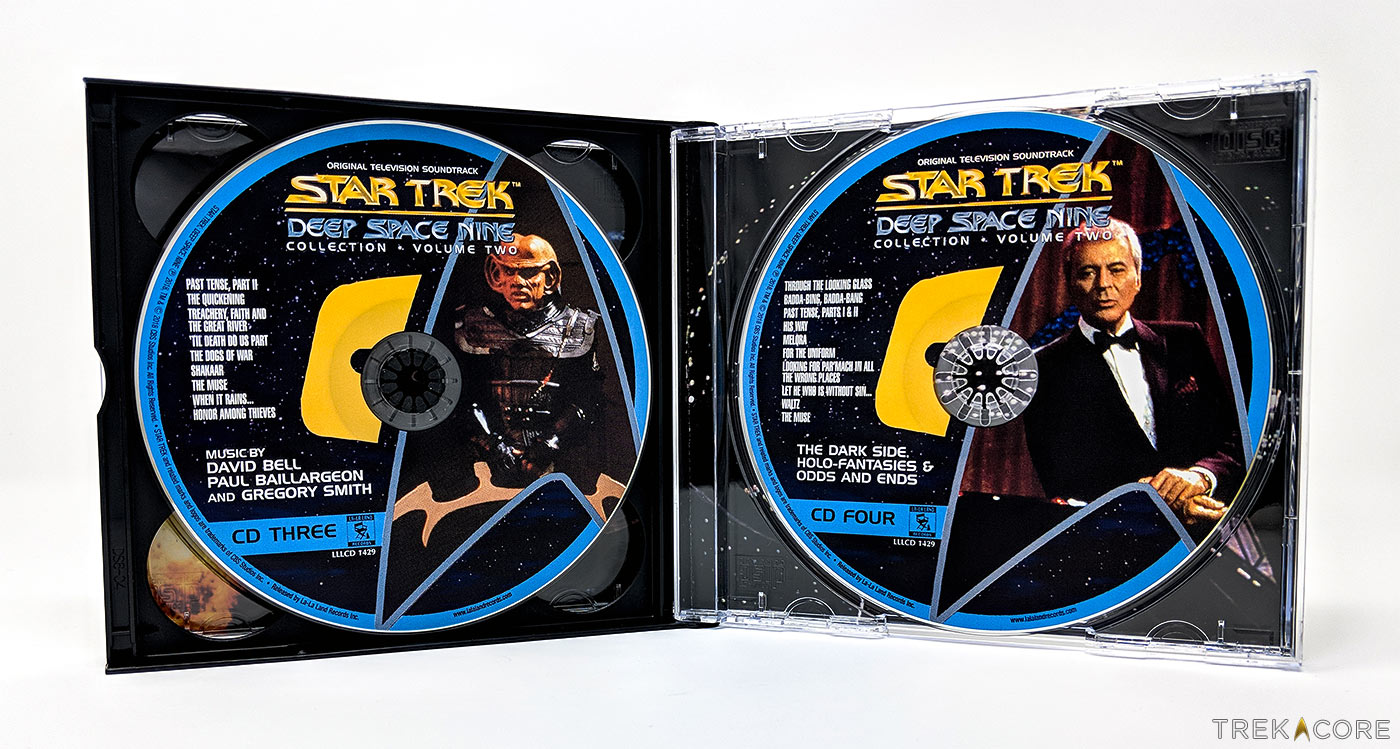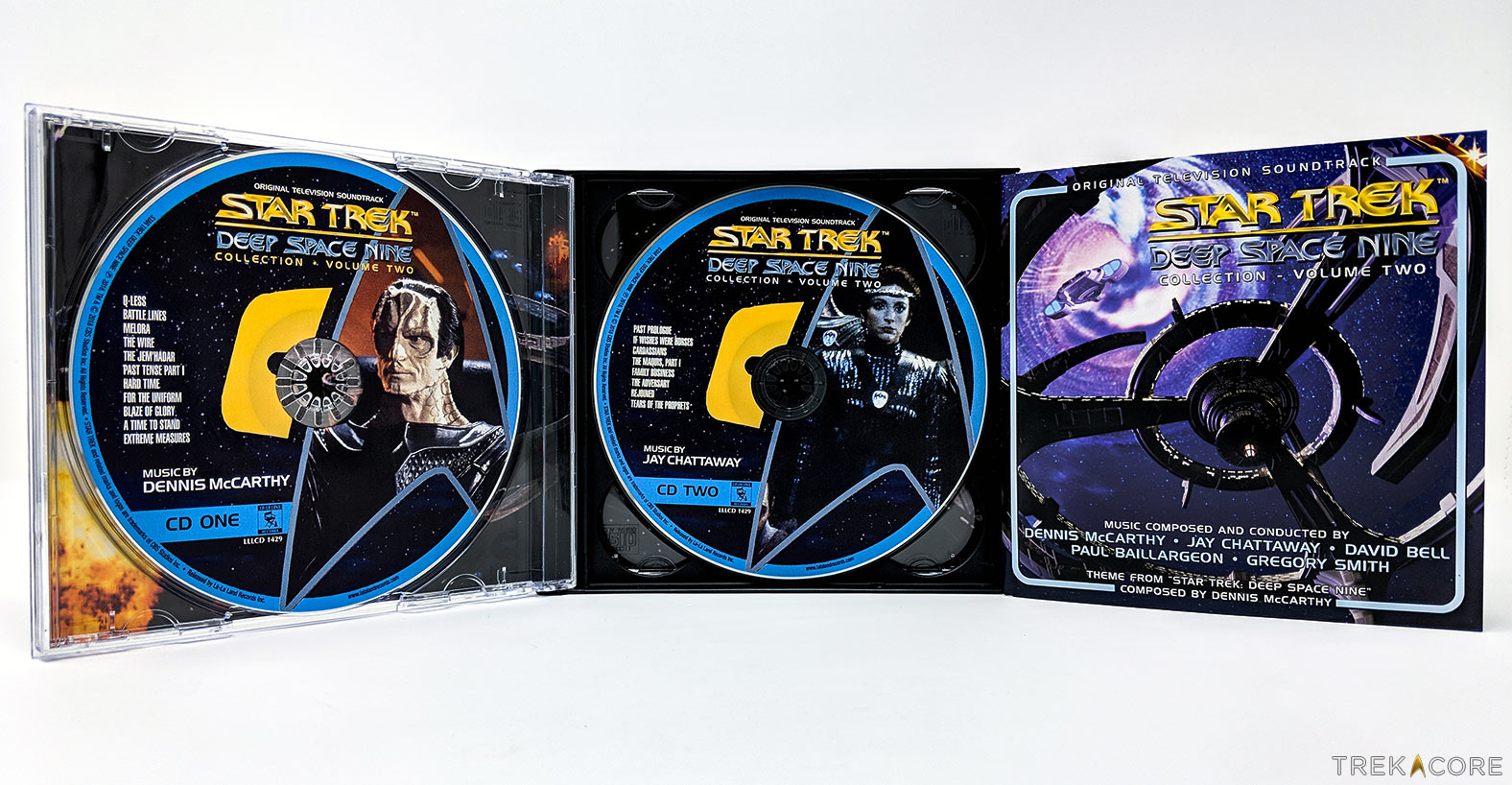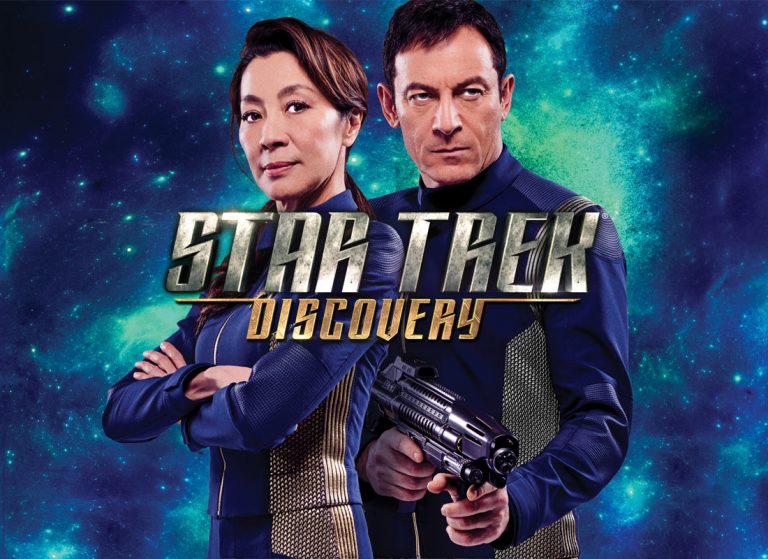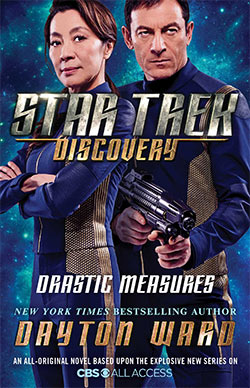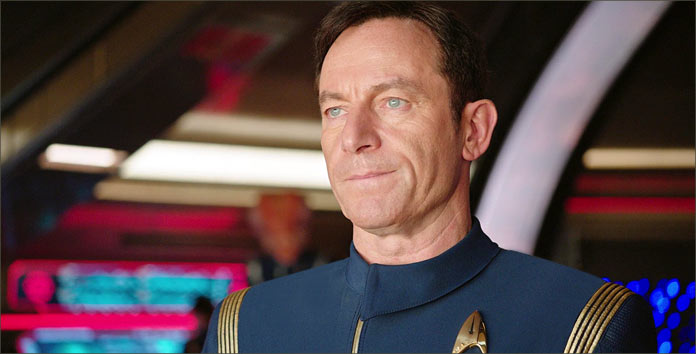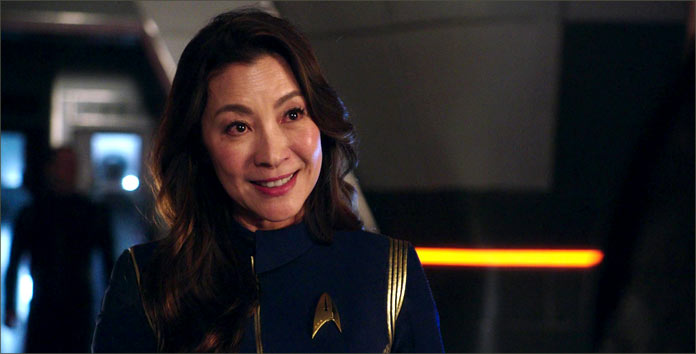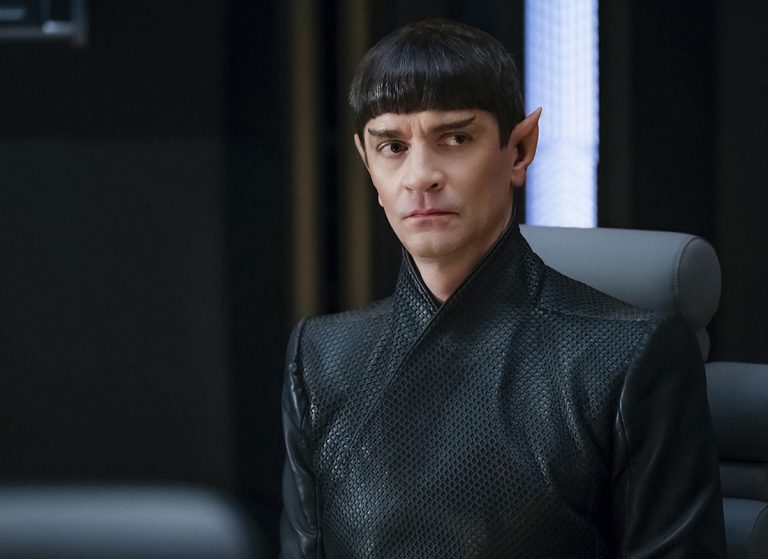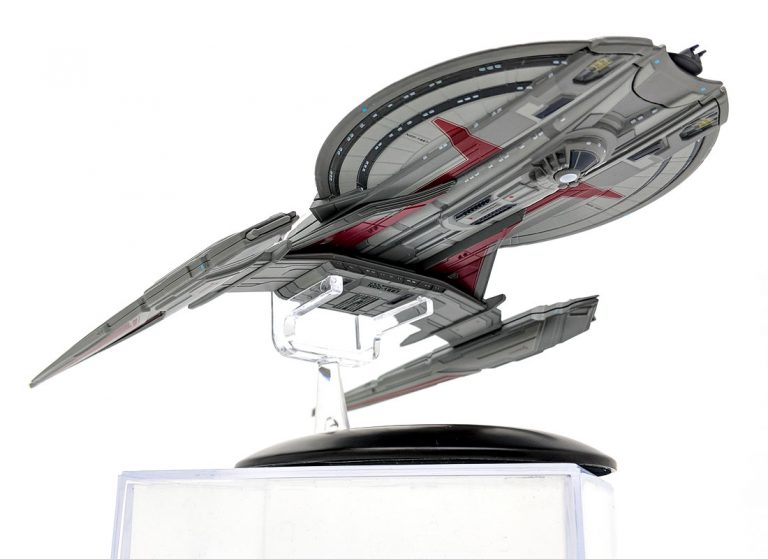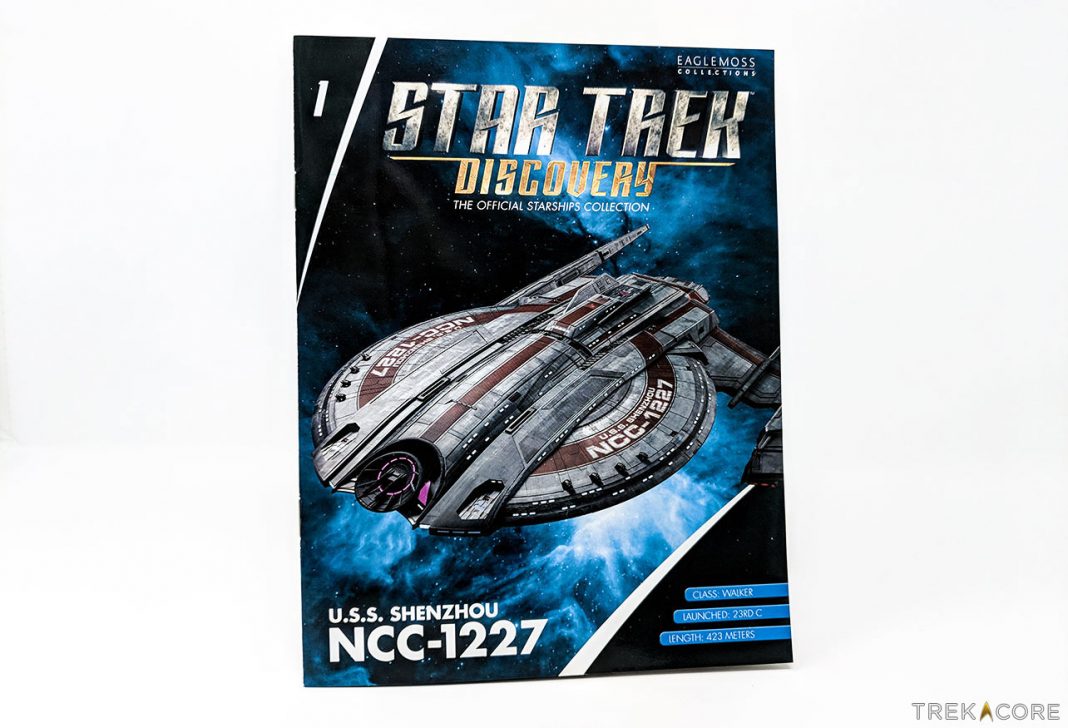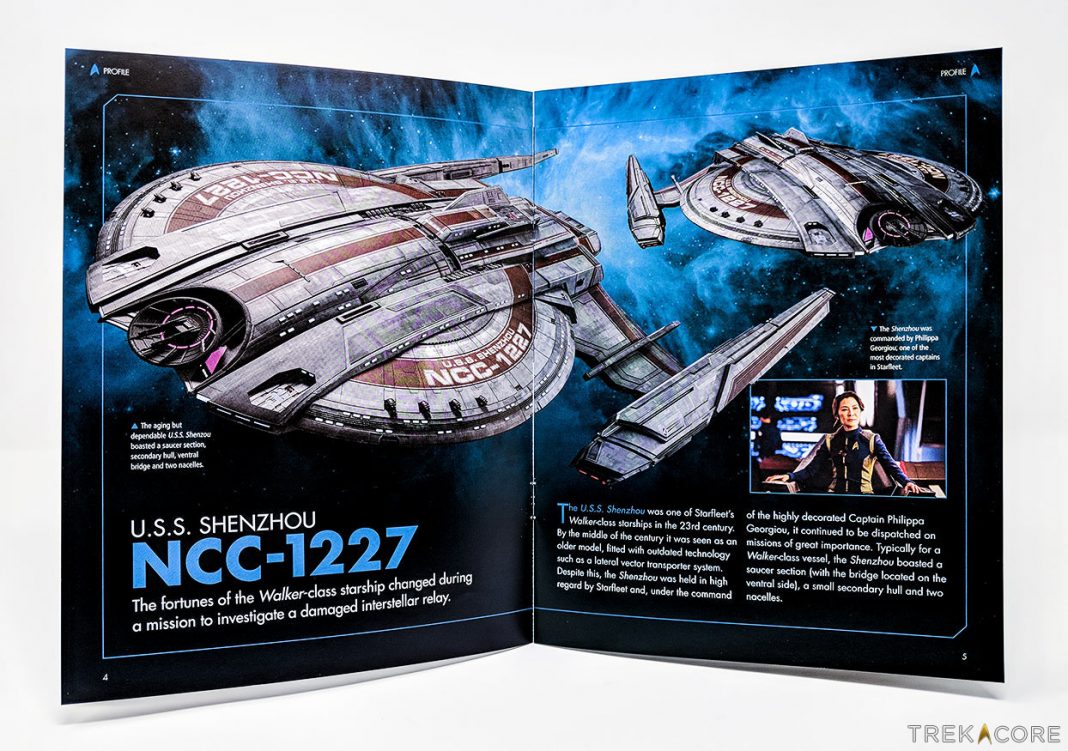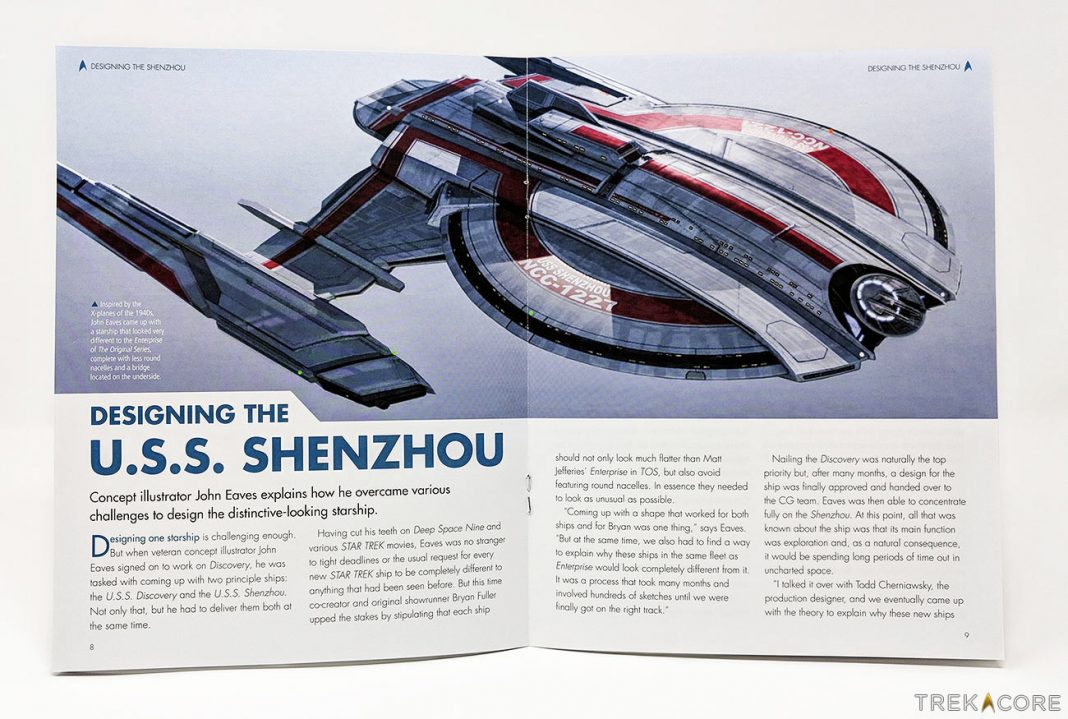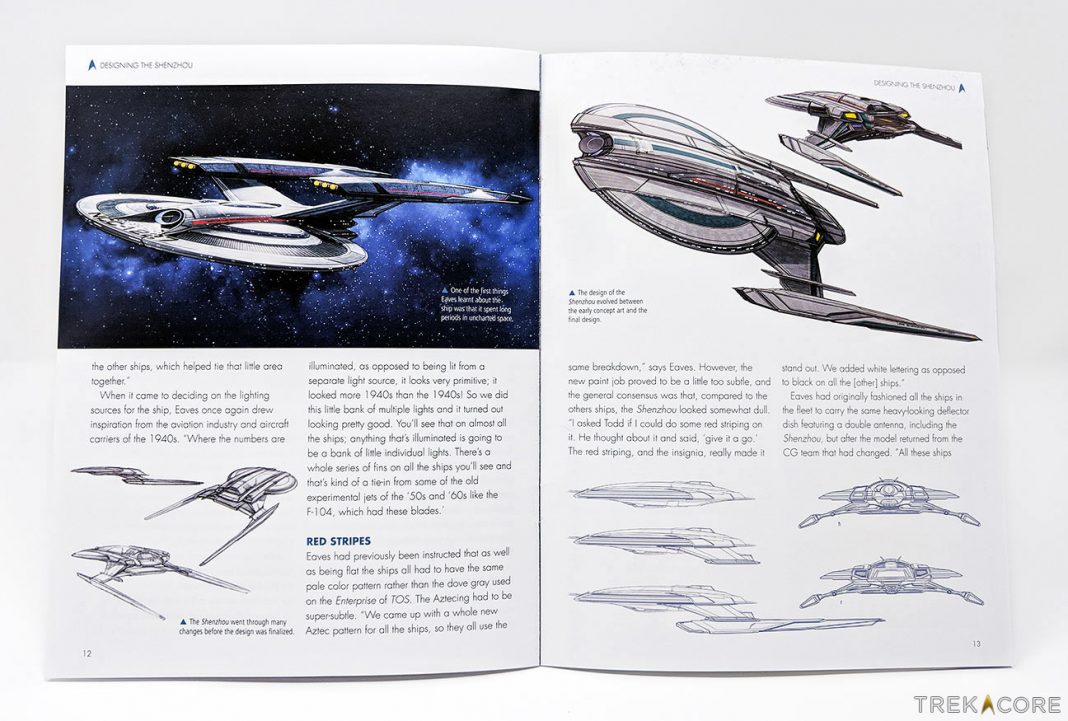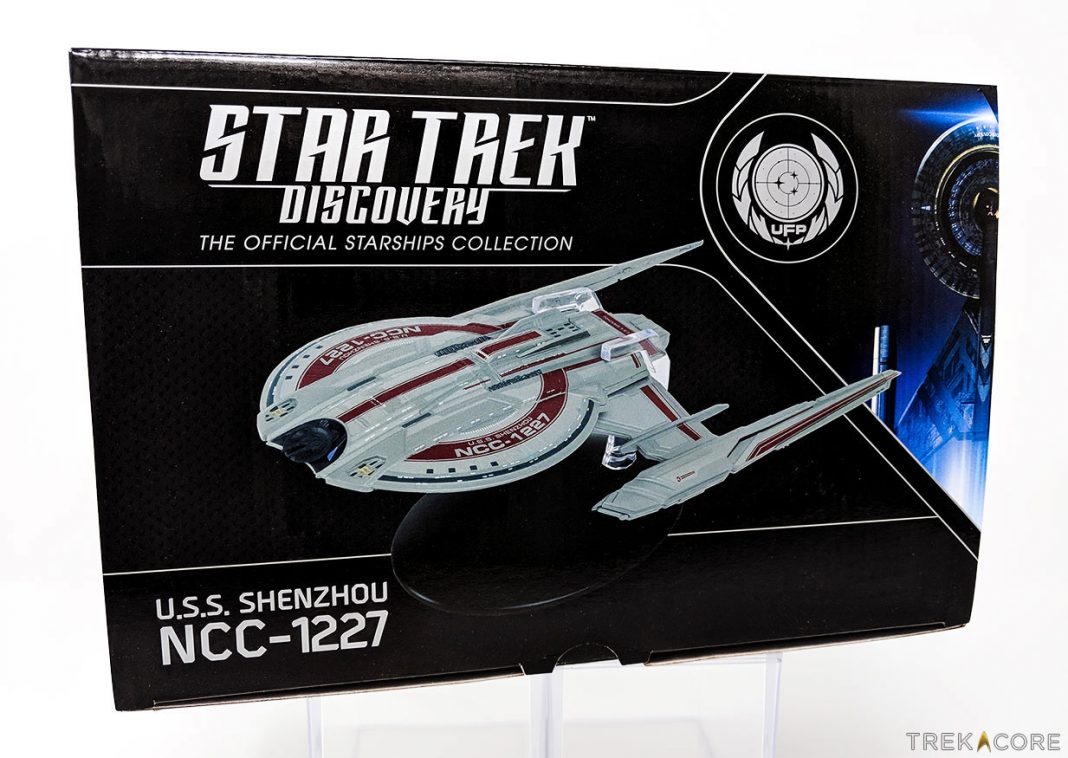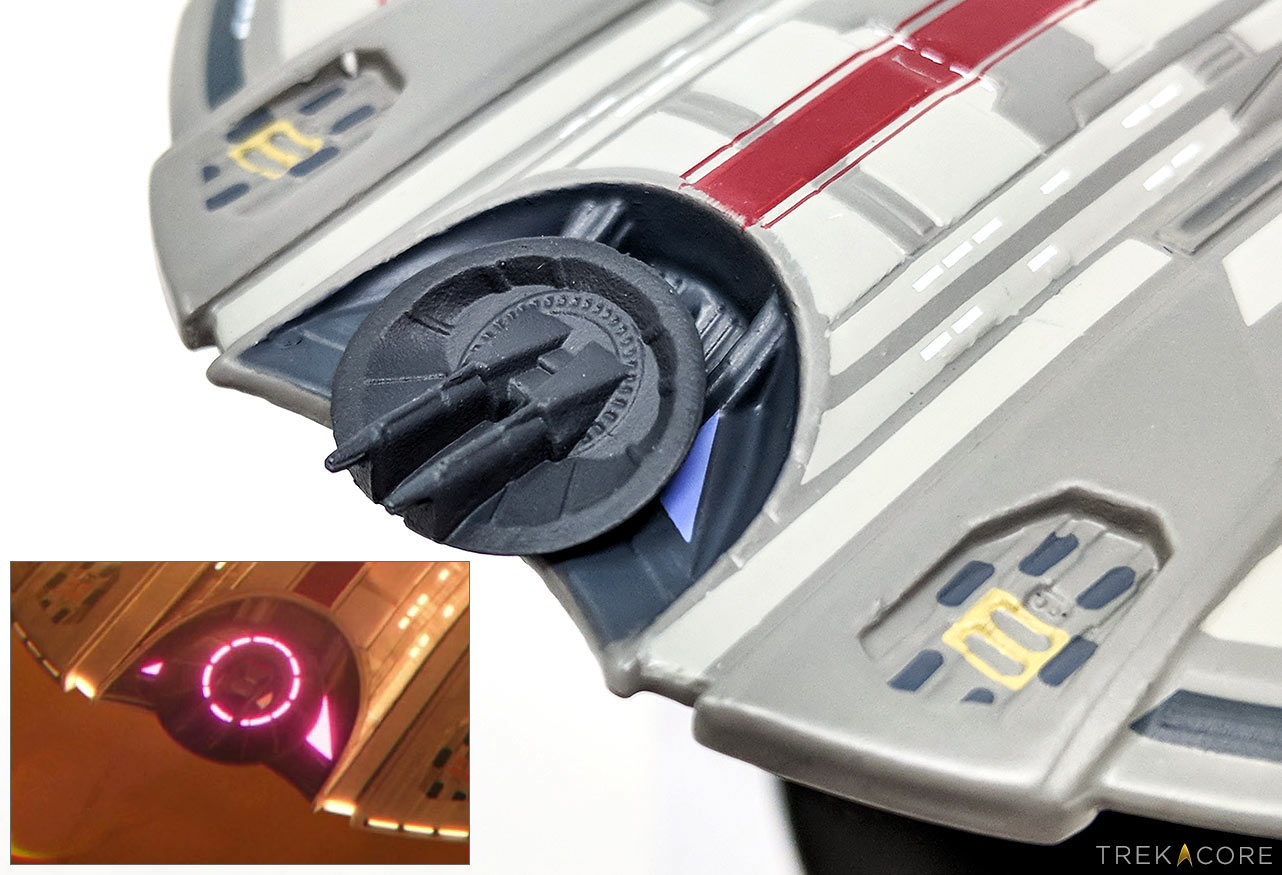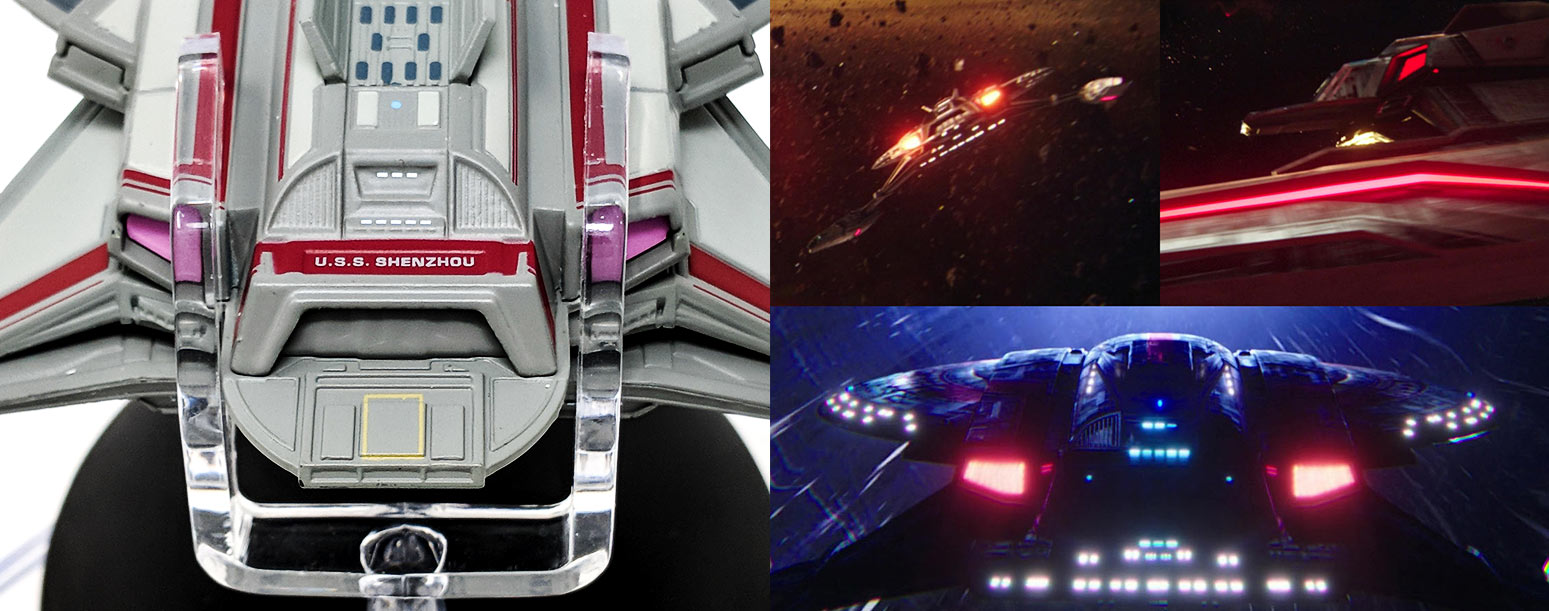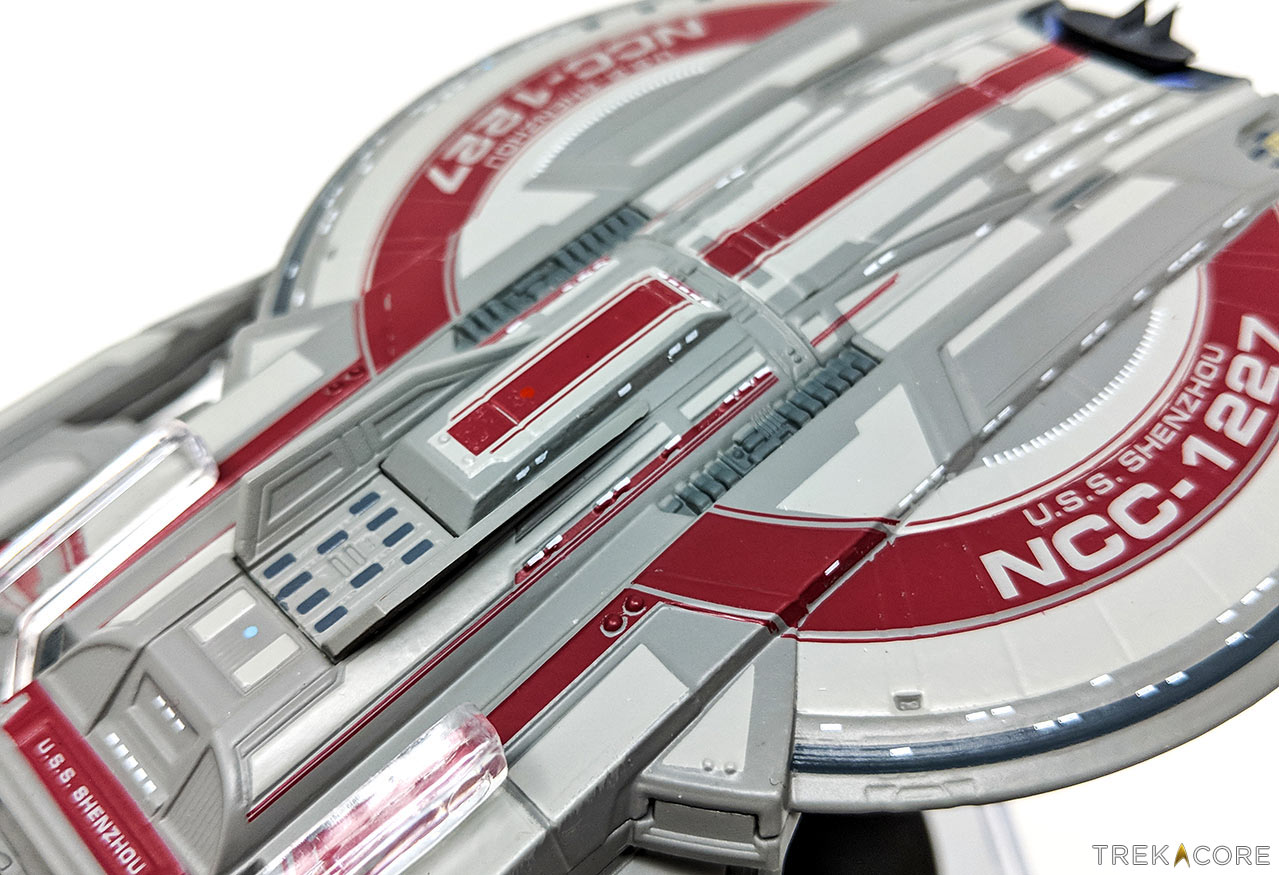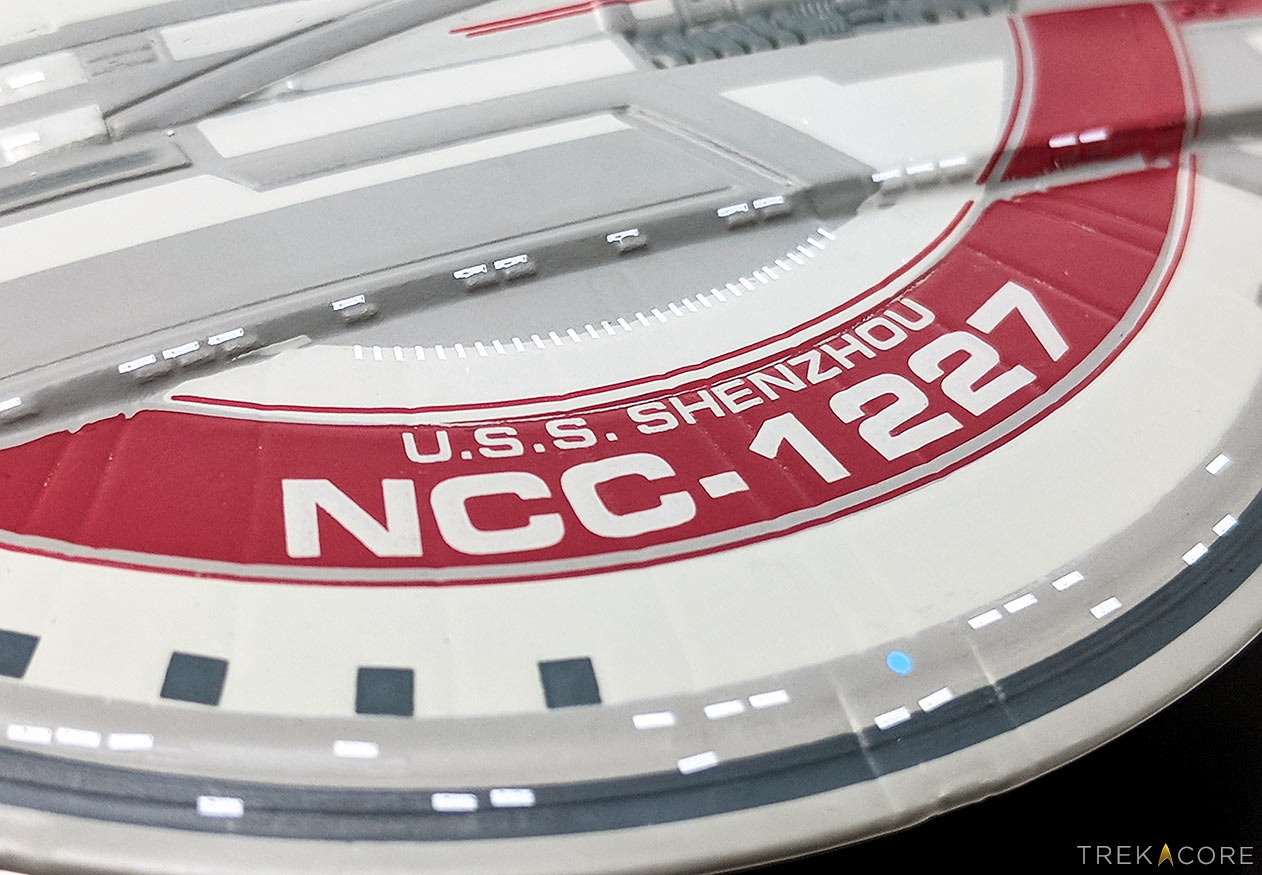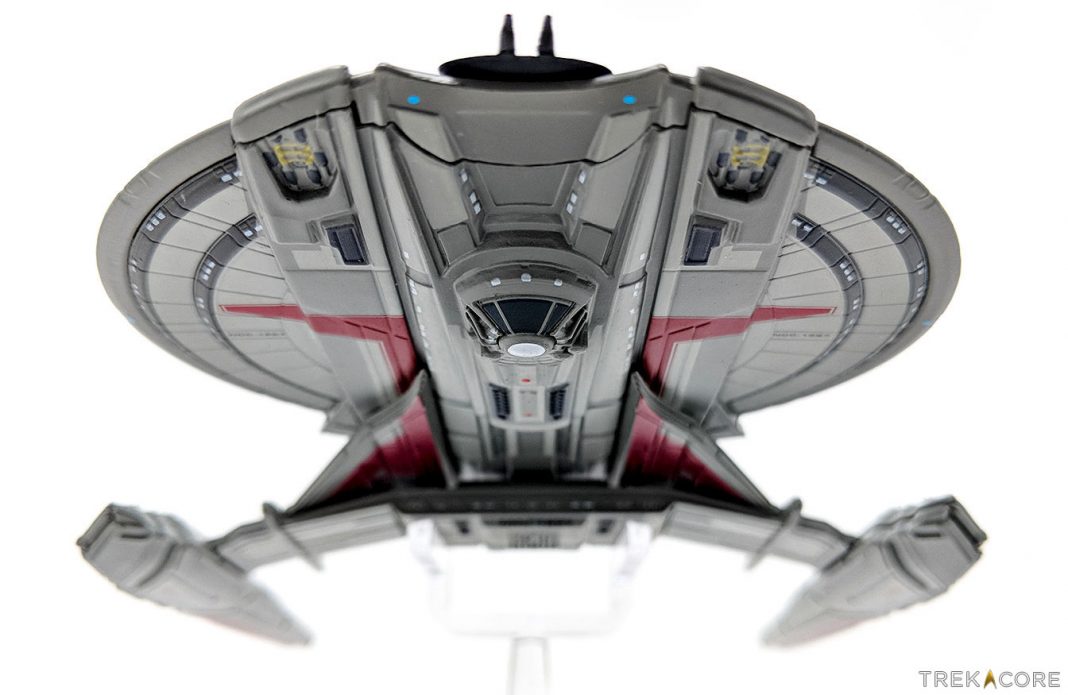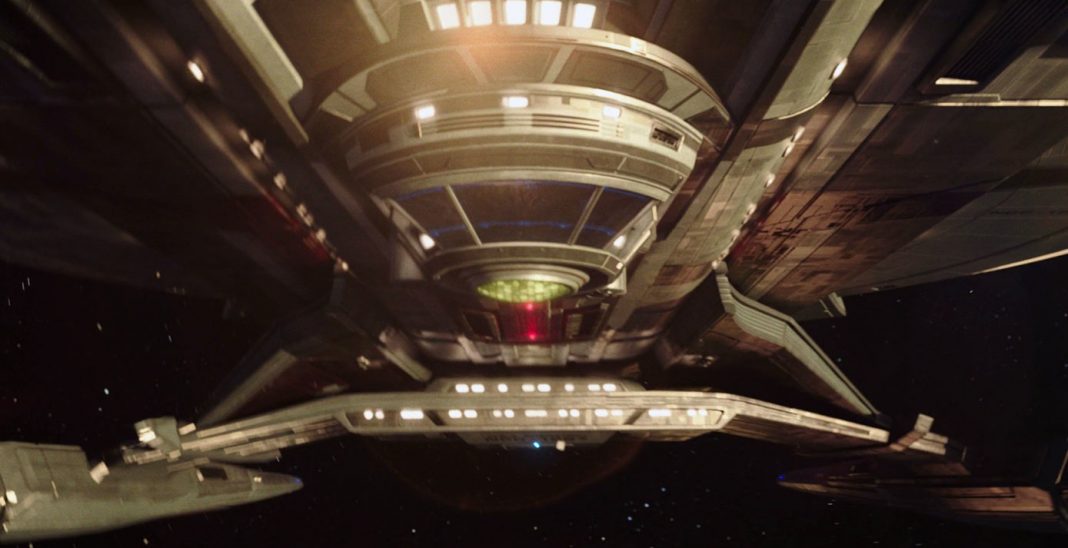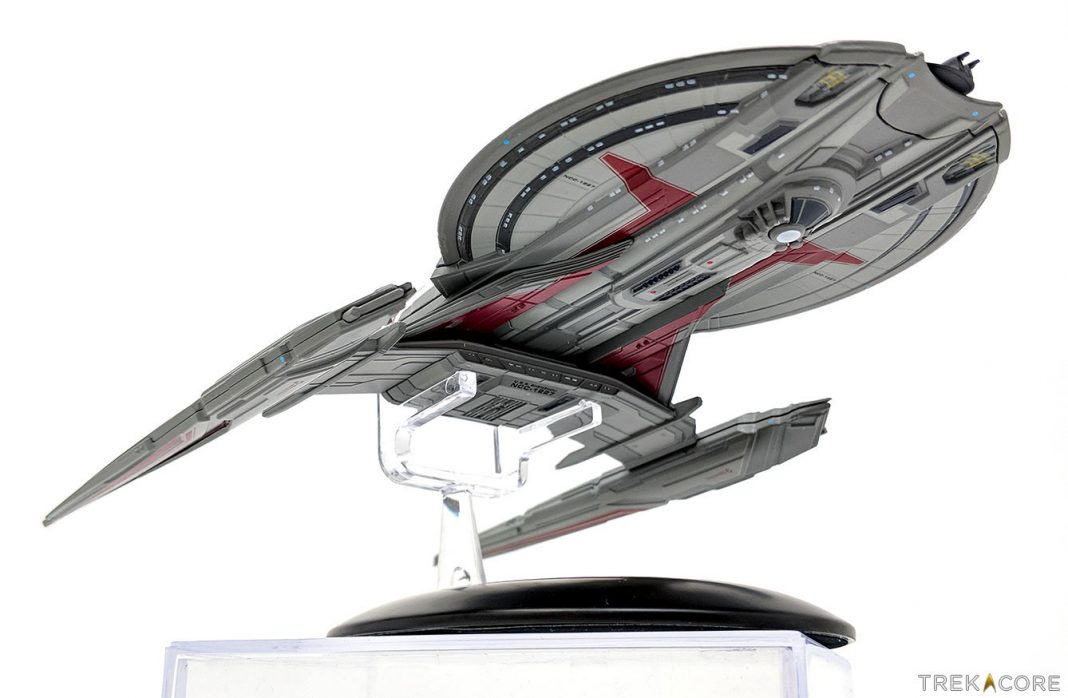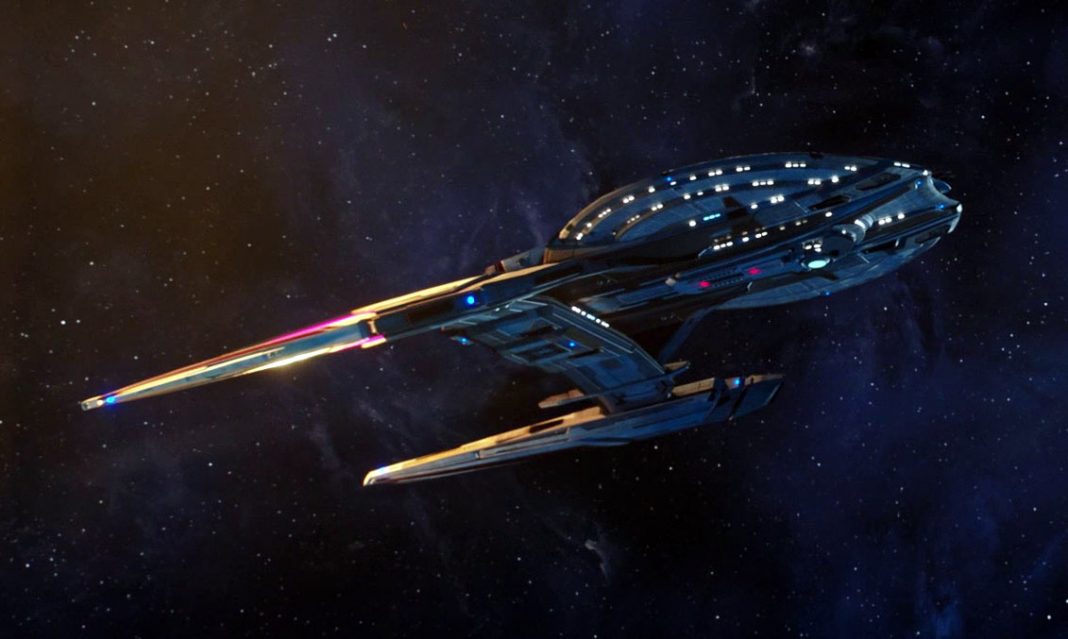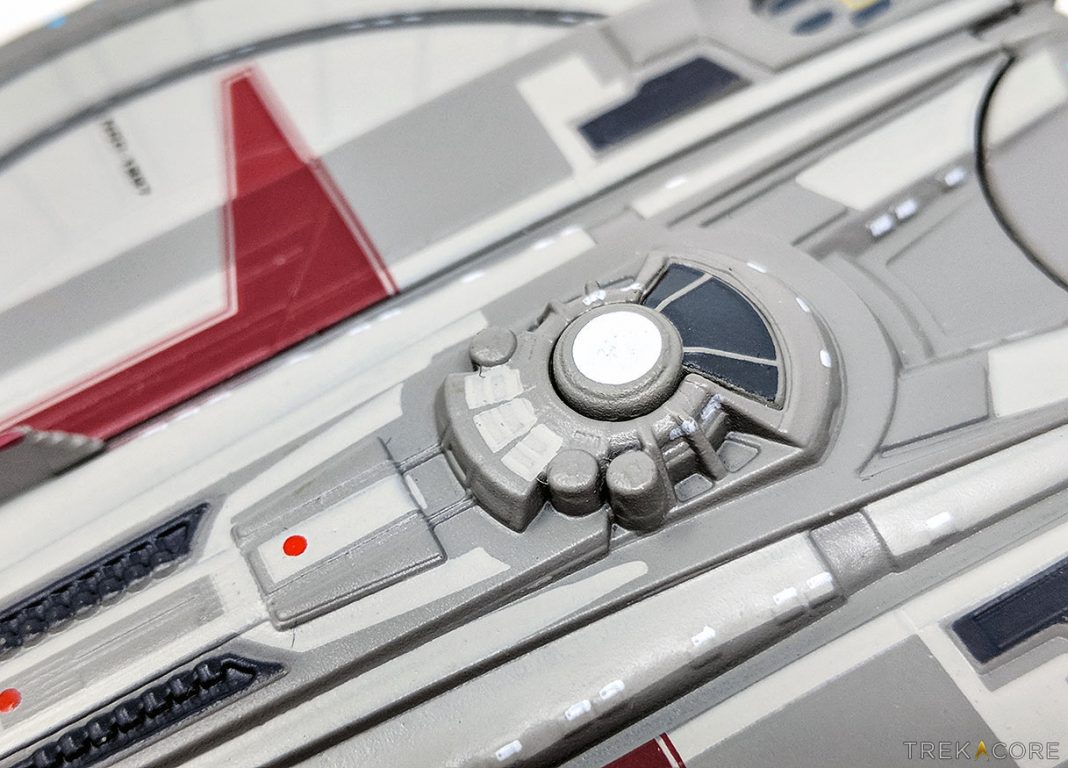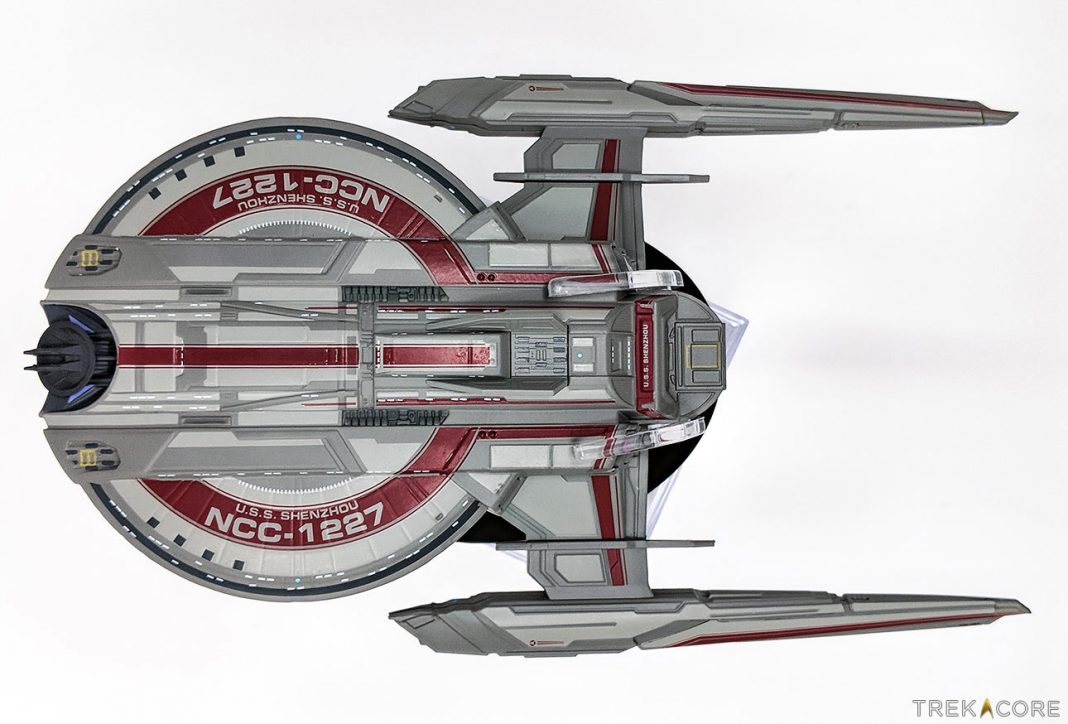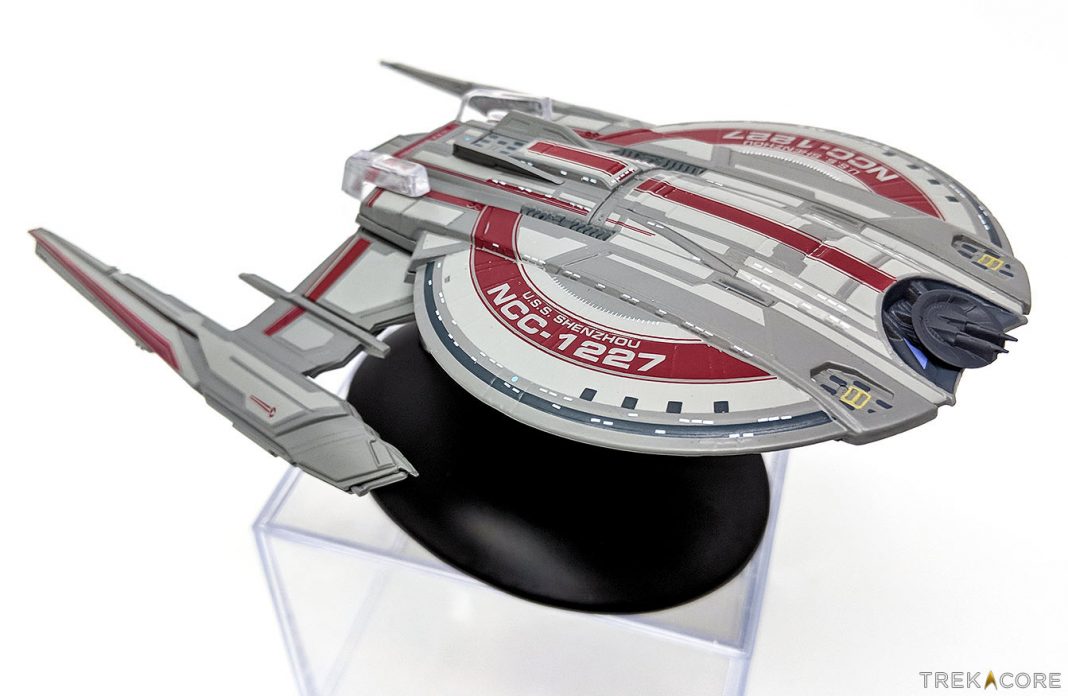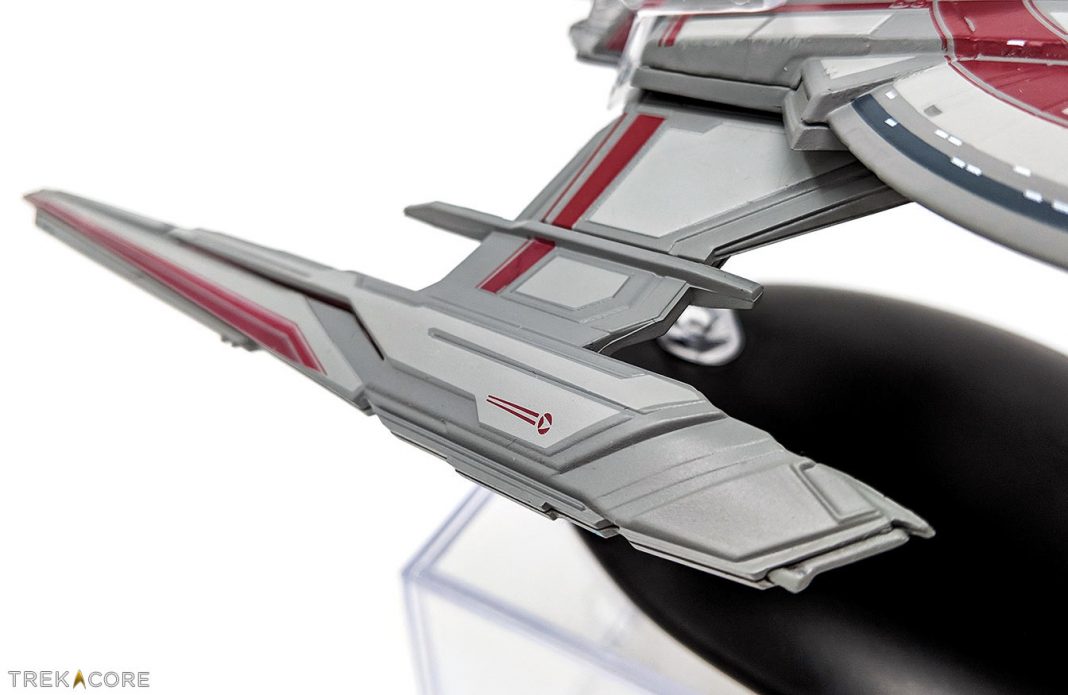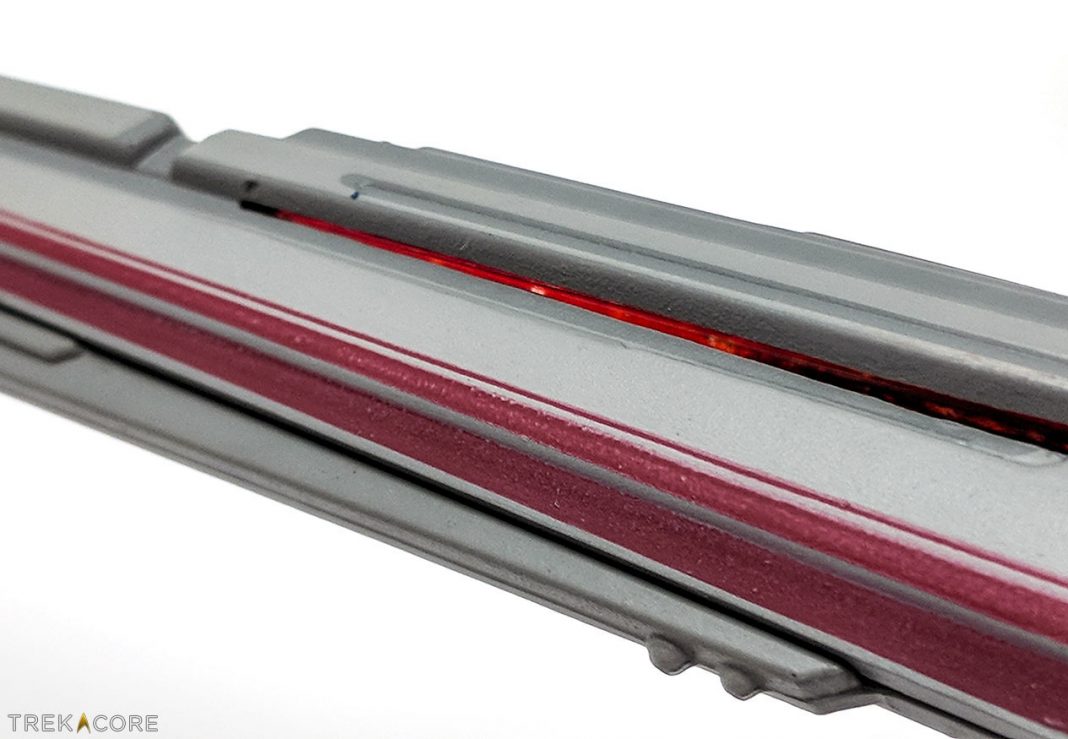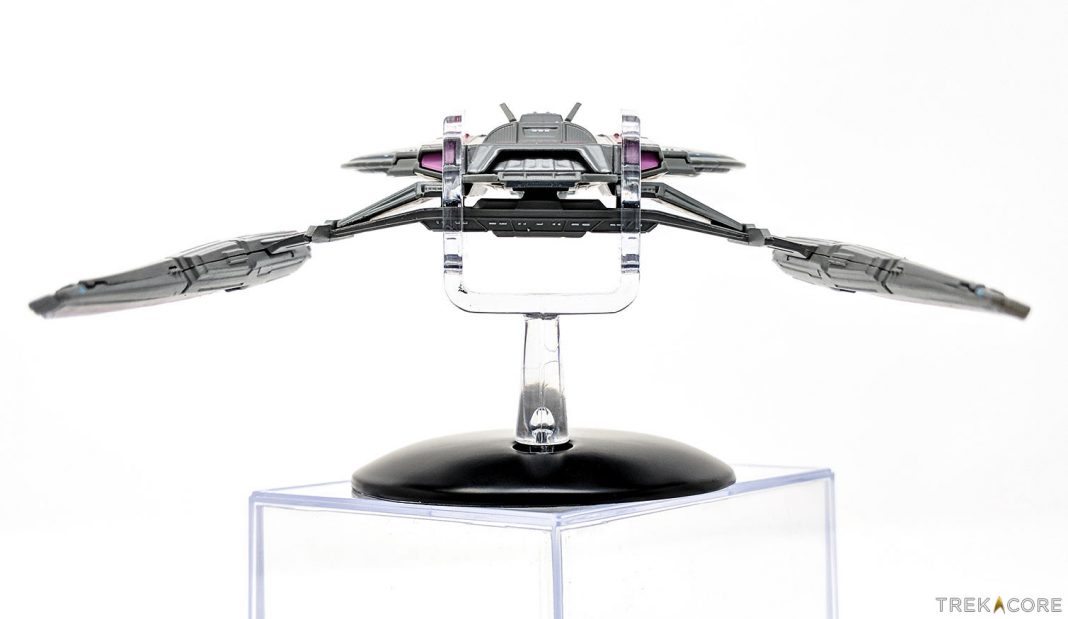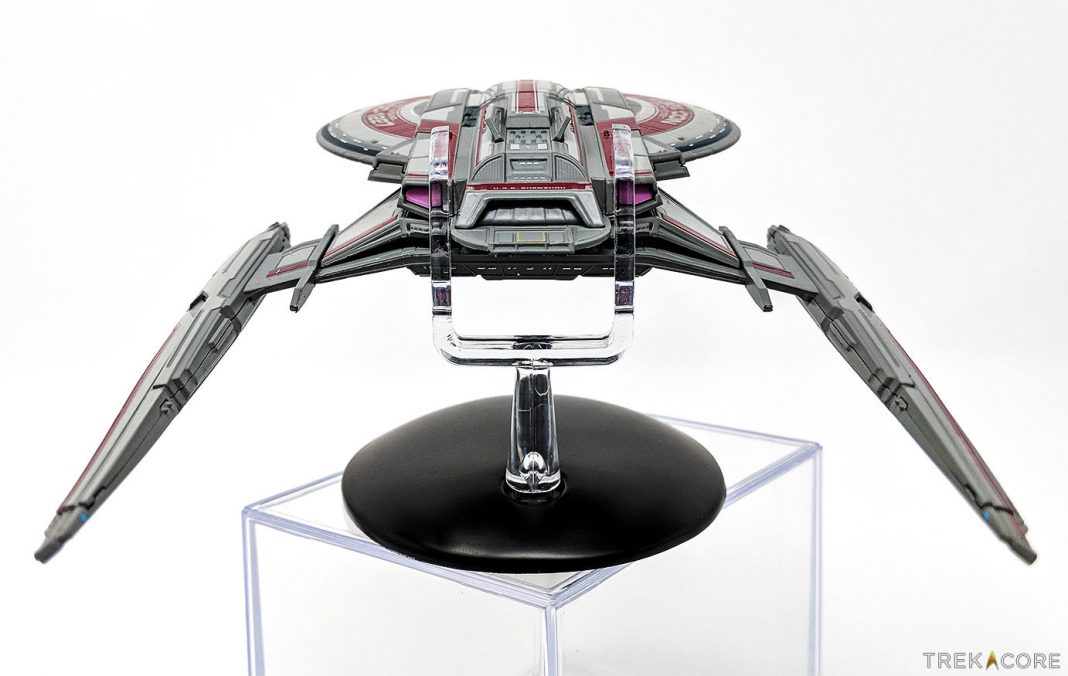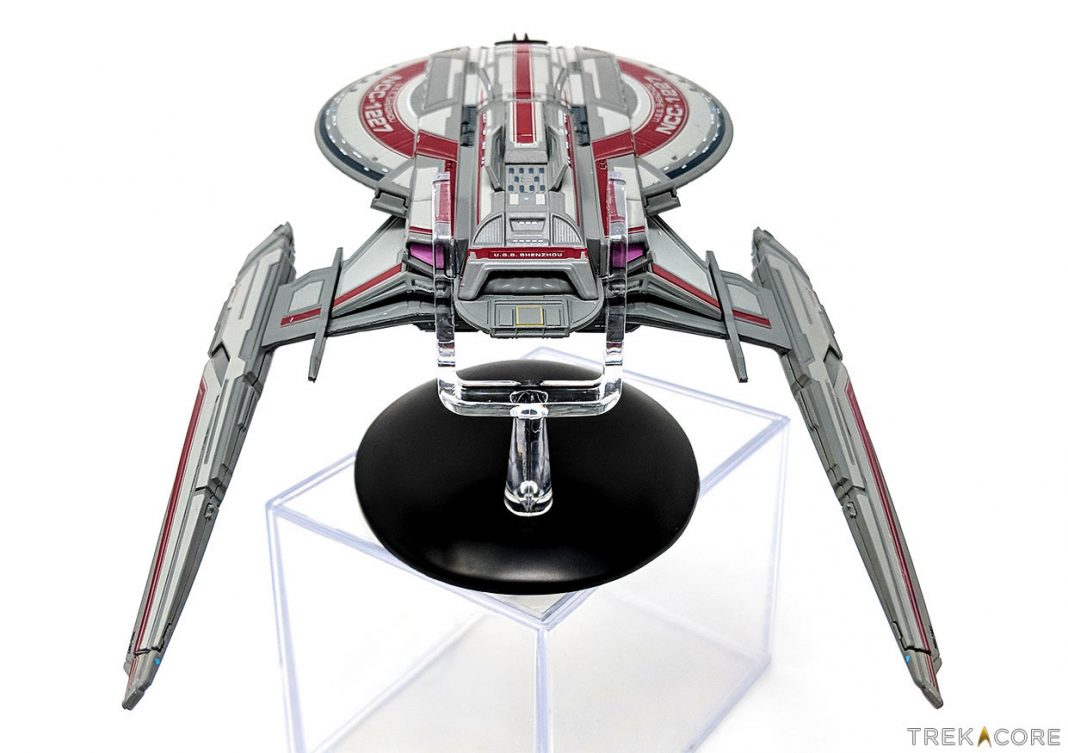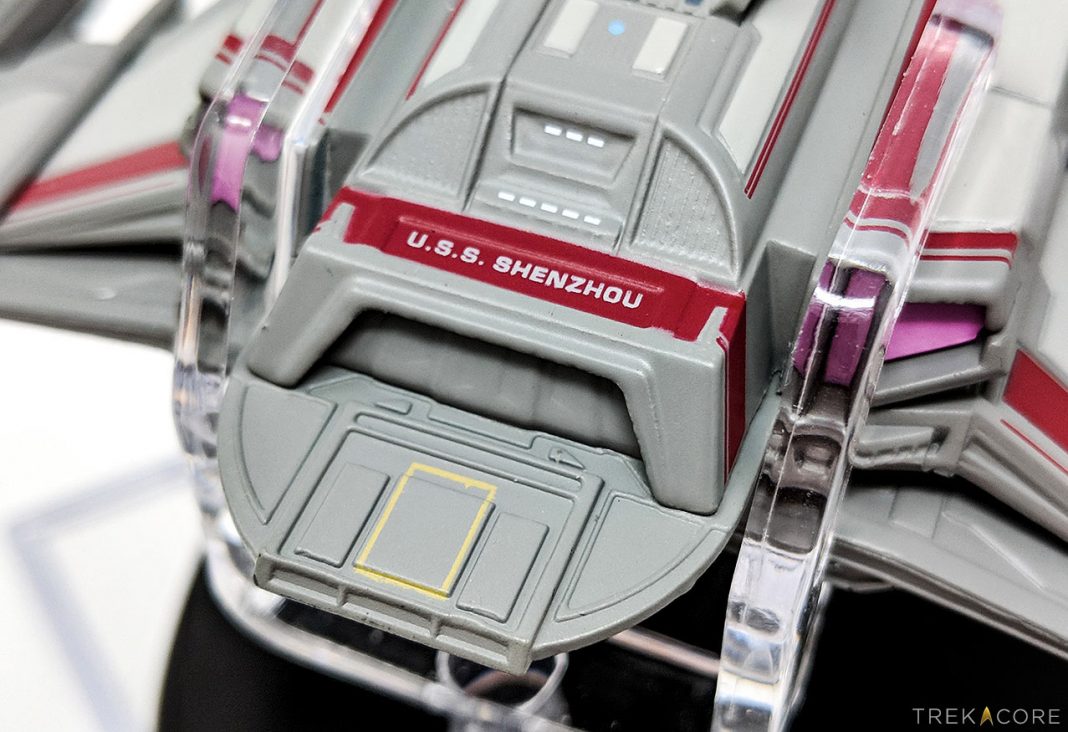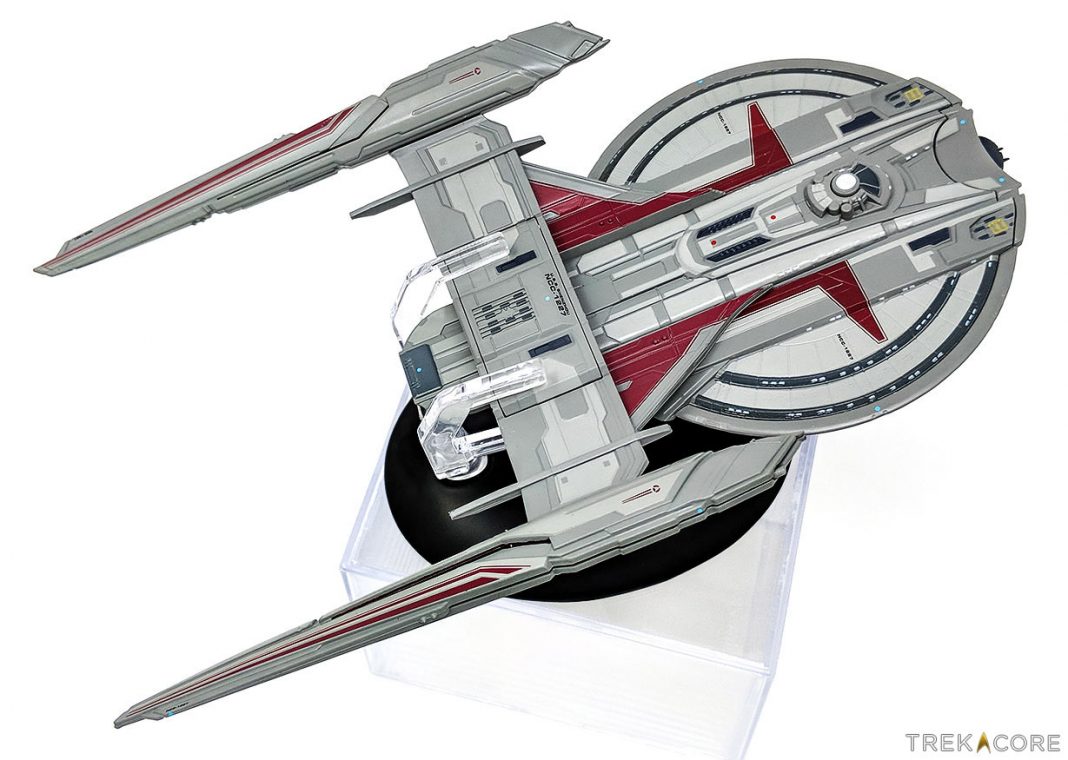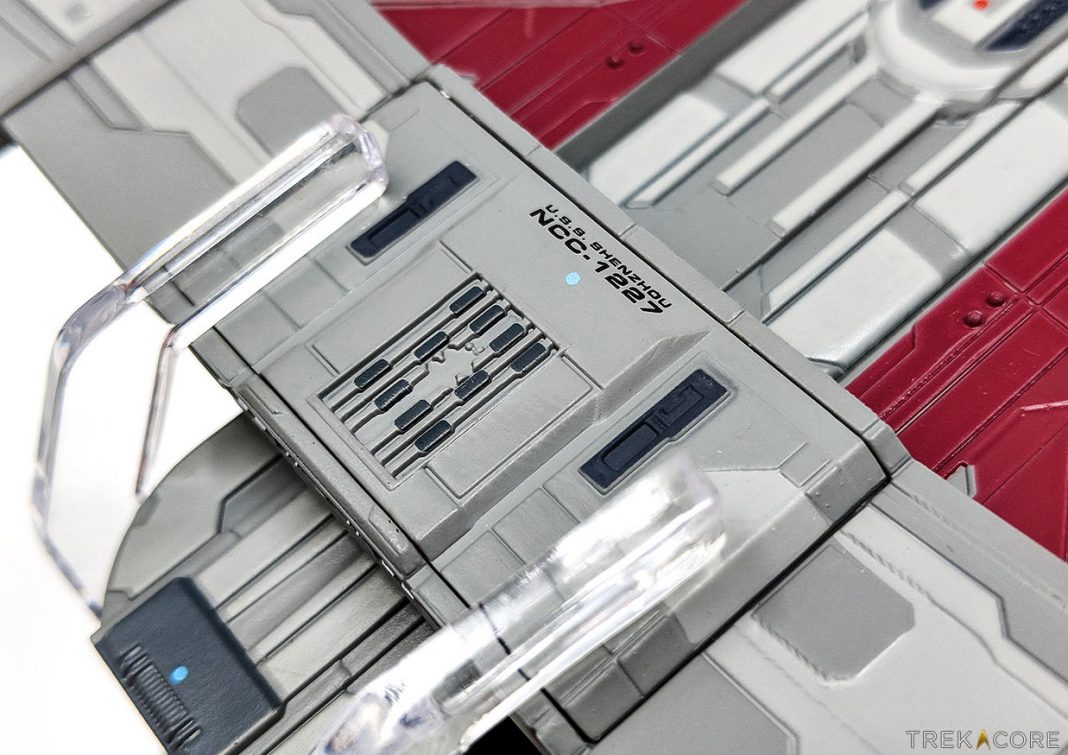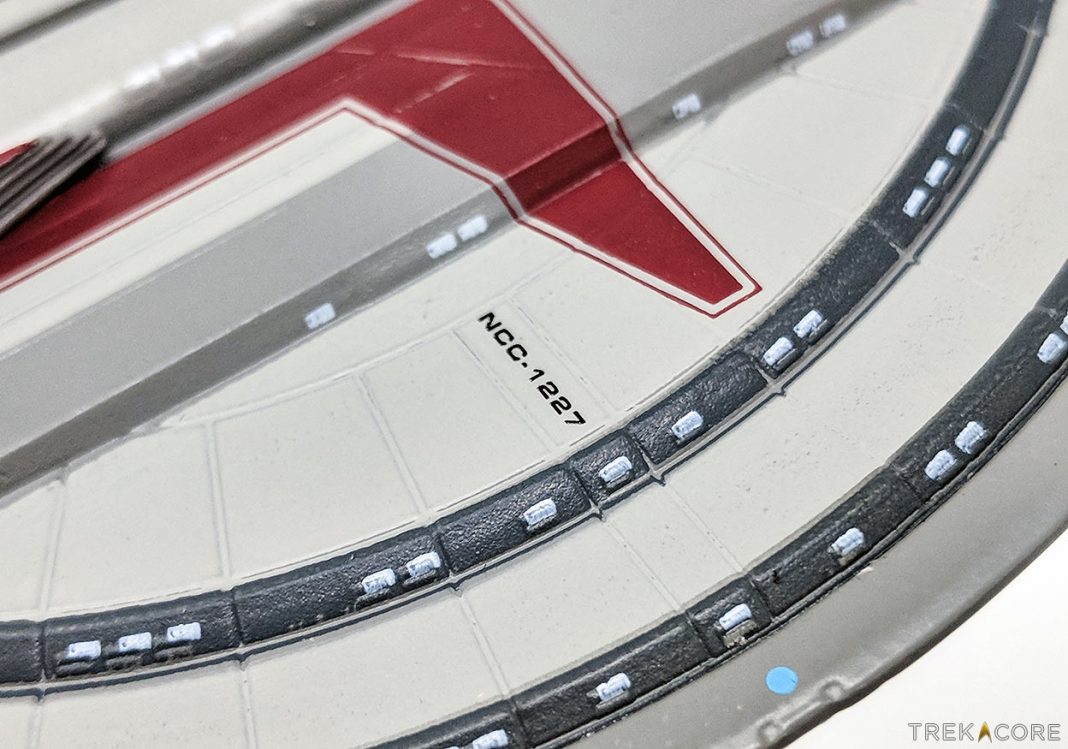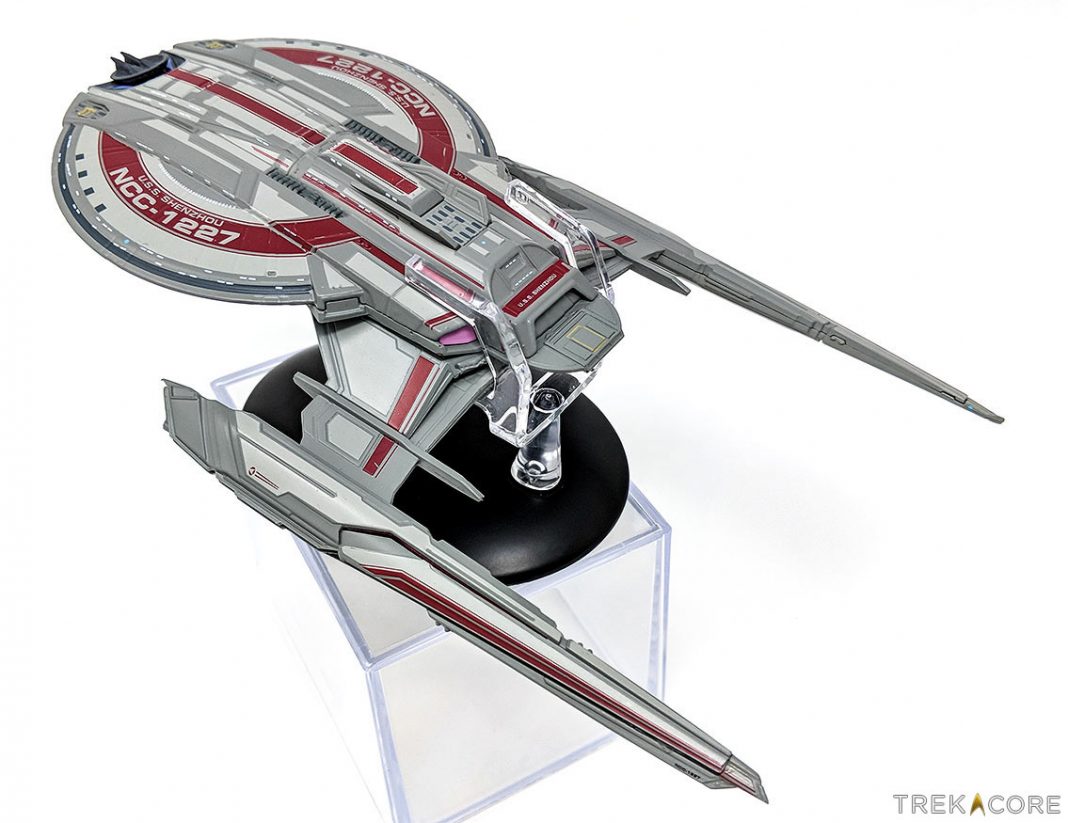Star Trek: Discovery’s first season was initially slated to have 13 episodes, but shortly before the series premiered CBS announced it had extended the season to contain two additional installments.
Last week’s “What’s Past is Prologue” was initially intended to be a season finale, with the cliffhanger that while the USS Discovery had returned to the right universe it had returned to the wrong time. Between an estimated 2019 return for Season Two and just how good “The War Without, The War Within” is, all I can do is thank the Great Bird of the Galaxy for the extended season.
In fact, given that this week’s episode dealt specifically with tying together the story arcs of the two ‘chapters’ that make up Discovery’s first season, I have a hard time imagining how the season could seem complete without it.
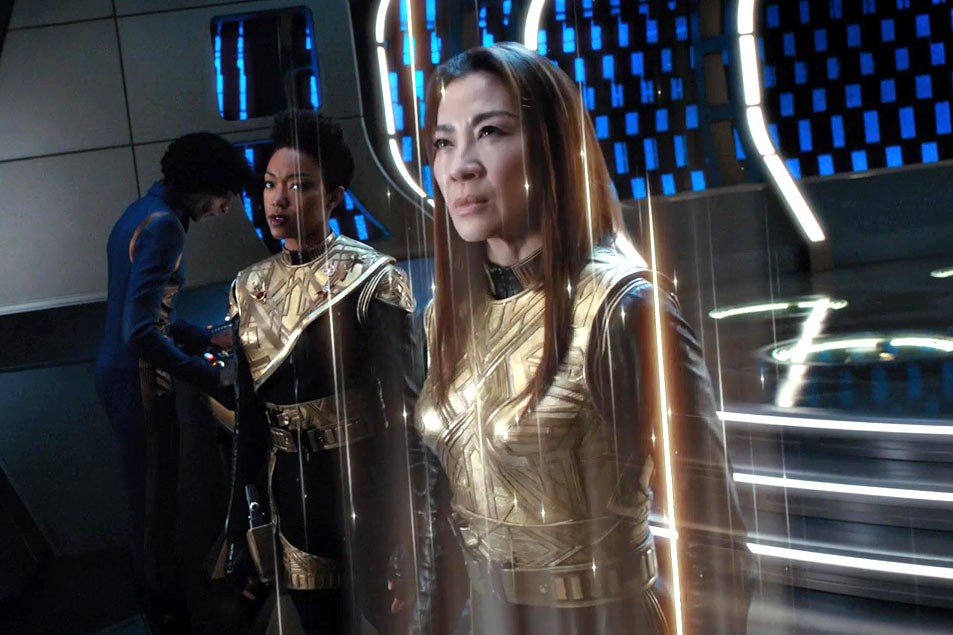
The events of “The War Without, The War Within” follow immediately on those that ended last week’s “What’s Past is Prologue.” Captain Saru greets Burnham in the transporter room and is surprised to see her accompanied by Emperor Georgiou.
For her part, Georgiou is also surprised and not a little irritated that a Kelpien “slave” such as Saru dares stand in her presence. Quickly set straight by Burnham about Saru’s freedom and rank, Georgiou snaps back with a reminder that “yesterday we dined on the entrails of [Saru’s] brethren.” A visibly disturbed Saru hastily beams Georgiou out of the room and into her quarters, a trick I think we all wish we could do during an awkward conversation.
Though he doesn’t ask Burnham to elaborate on Georgiou’s remark, once the immediate situation regarding the Klingon-Federation war has been resolved I imagine Saru will want to sit down with Burnham and have a chat about that detail.
As Saru and Burnham catch each other up about the events of the past few days, Saru mentions that Ash Tyler is alive and relatively well. Tyler/Voq’s survival has been unclear since we last saw him in “Vaulting Ambition,” but “The War Without, The War Within” picks up his story.
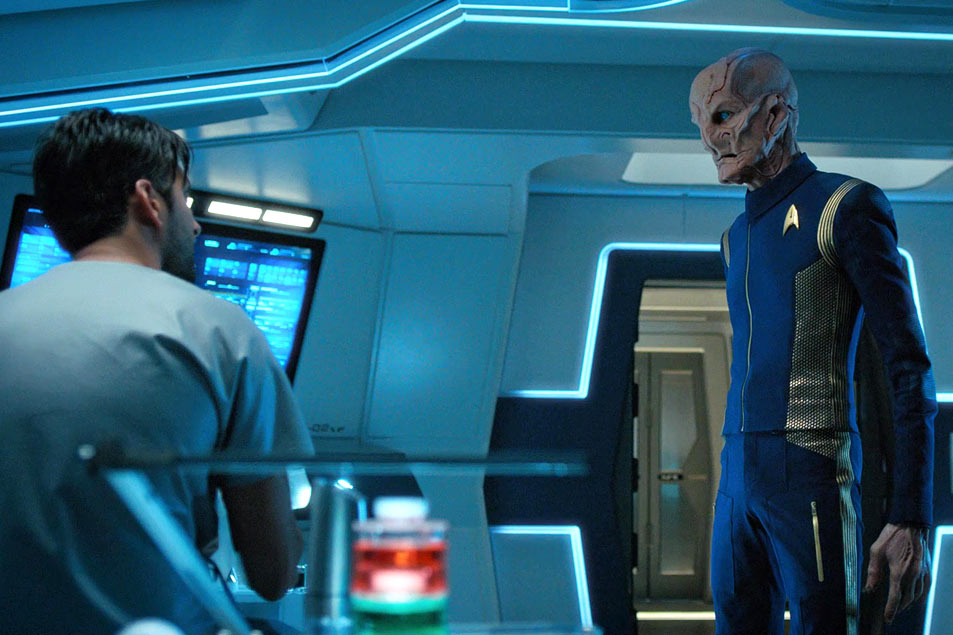
In both body and mind, Tyler survived. Voq’s memories remain, but it appears that he no longer has any agency, and Tyler now presents entirely as human. Convinced that Culber’s murder and Burnham’s assault were perpetrated by a persona which no longer poses a threat, and sensitive to Tyler’s obvious remorse, Saru allows Tyler to roam the ship, albeit with limited privileges.
This may seem like a dangerously lenient course of action, but “The War Without, The War Within” is an episode that deliberately plays with the contrasts between the Federation and the Terran and Klingon empires.
It’s appropriate within the themes of the episode that Tyler would be given the opportunity for rehabilitation, regardless of the danger or difficulty. Don’t forget, Captain Picard was back to work within days of being rescued from the Borg in “The Best of Both Worlds, Part II,” and no one knew what the long term effects of his experience might be. Voyager’s Seven of Nine was also allowed to roam the ship shortly after her separation from the Borg collective.
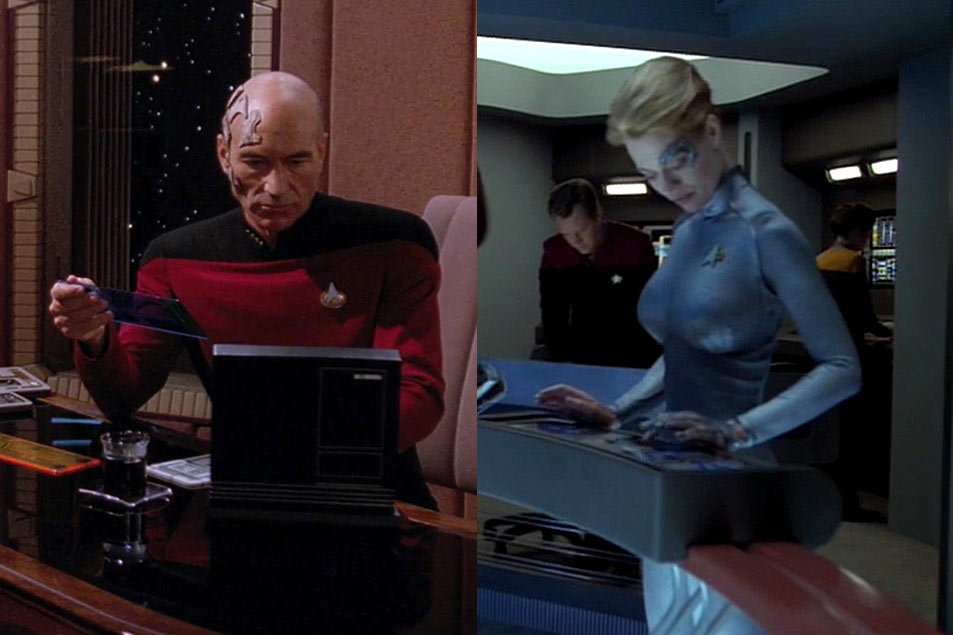
To a contemporary audience these decisions might seem so unlikely as to be unrealistic, but I think to some extent that’s the point. In the utopian future of the Federation, the realistic course of action involves trusting that someone will do the right thing instead of fearing that they’ll do the wrong.
Of course, this doesn’t mean that Discovery’s crew – especially those who have been personally affected by his actions – will necessarily embrace Tyler with open arms. A brief but highly charged encounter between Tyler and Lt. Stamets underscores just how difficult the road ahead will be. In an episode full of great performances, Anthony Rapp’s work in this short scene stands out as a highlight.
Later, Tyler finds himself eating alone in the mess hall until a compassionate Cadet Tilly makes a point to take a seat at Tyler’s table. Shortly thereafter, several other crewmembers follow Tilly’s example. It’s appropriate that Tilly would be the first to openly forgive Tyler given that she enthusiastically befriended Burnham back when most thought of Burnham as “The Mutineer”, but the bevvy of other happy, smiling crewmembers seems a little hasty.
Then again, I don’t live in the utopian Federation future so what do I know?
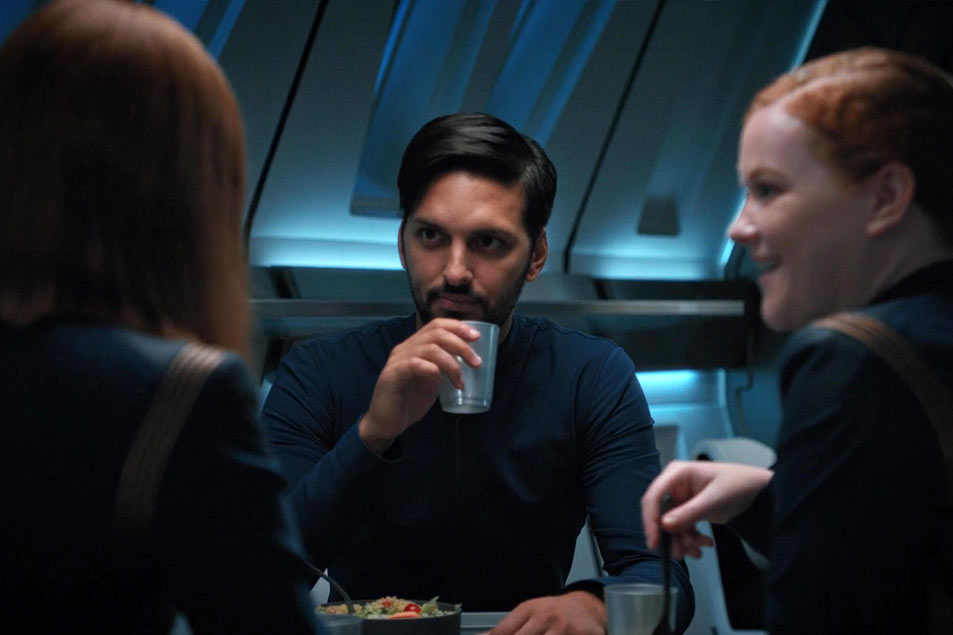
Meanwhile, Burnham has been understandably avoiding Tyler. First Saru, then Tilly encourage Burnham to meet with Tyler, neither seeming to think of the emotional and mental toll that such a meeting will have on her. Instead, their focus is on how beneficial the meeting might be for Tyler.
While Saru and Tilly have good intentions, they place an enormous burden on Burnham, essentially asking her to put aside her own trauma in order to help Tyler heal. Personally, I found Burnham’s reaction to Tyler’s pleas for help to be refreshing.
It’s a common trope in fiction that a troubled man can only be saved by the love and understanding of his (usually female) love interest. When pressed by Tyler that Burnham is somehow duty-bound to comfort him, she presses back. Not only is she unwilling to compromise her own feelings in order to satisfy Tyler’s needs, Burnham knows from her own experience that personal forgiveness can only come from within.
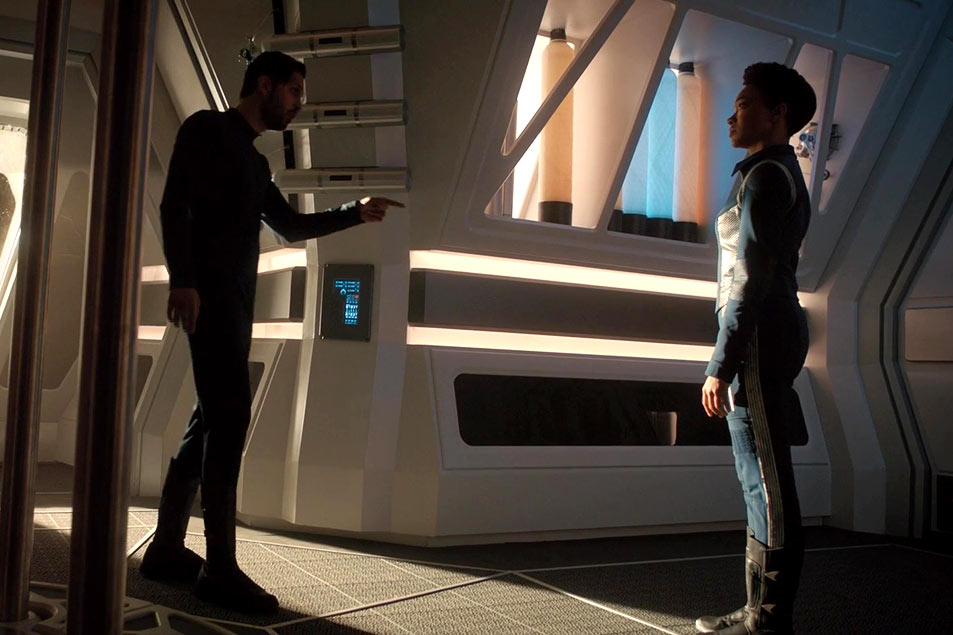
Not long after Discovery’s return to the Prime Universe, the ship is suddenly boarded by a party consisting of Admiral Cornwell, Sarek, and contingent of security officers.
From Starfleet’s perspective, Discovery was destroyed nine months ago in a battle with Klingon forces, and the sudden reappearance of the ship is suspicious to say the least. Cornwell and Sarek quickly learn what happened, Sarek confirming the story via a mindmeld with Saru. (Unfortunately this sequence seems to confirm that the “real” ISS Discovery — and the “real” Captain Killy — were destroyed by Klingons while our Discovery was away.)
Given her romantic history with Prime Lorca, Cornwell feels particularly betrayed by Mirror Lorca’s deception. In a fun moment, Cornwell takes out her frustration on Mirror Lorca’s omnipresent bowl of fortune cookies by wordlessly vaporizing it with her phaser.
Once everyone’s up to speed, it’s time to make contact with Starfleet. Because of its position deep in Federation space, Starbase 1 is the surest bet, but when Discovery arrives it finds the base in Klingon hands, the 80,000 people stationed there almost certainly dead.
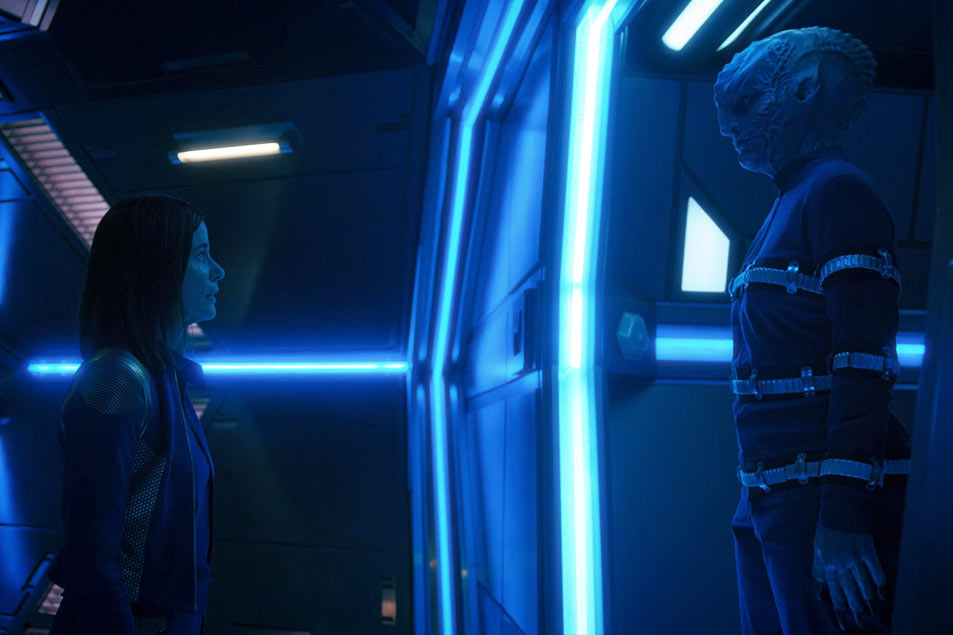
Shaken by the tremendous loss of life and the knowledge that Earth is in the Klingon crosshairs, Cornwall engages L’Rell in a frank conversation about the state of the war. L’Rell is quietly proud to hear that the Klingons are winning the war, but also disturbed to learn that the calls to unification preached by T’Kuvma have been thrown aside.
This isn’t a conversation framed around surrender or an attempt to convert L’Rell into an ally, it’s a chance for Cornwell to confirm that her upcoming course of action is appropriate. As Sarek so stoically articulates, conventional Federation tactics aren’t working, but it’s the principles underlying those tactics that Cornwell has sworn to uphold.
Cornwell doesn’t take lightly the prospect of bending those principles by enlisting the assistance of a genocidal tyrant, and L’Rell’s “help” in this regard is critical.
And just what will these bent principles get the Federation? A plan to save Earth built on the back of ill-gotten knowledge about how the Klingons in the Mirror Universe were defeated.
Burnham and Georgiou devise a plan to bring the fight not just to the Klingon homeworld, but into it. In what will be Starfleet’s first trip to Qo’noS since Jonathan Archer and the Enterprise NX-01 crew visited in the 2150s — calling out the plot of 2001’s “Broken Bow” — and Discovery will use its spore drive to jump into one of the many large caverns within the planet.
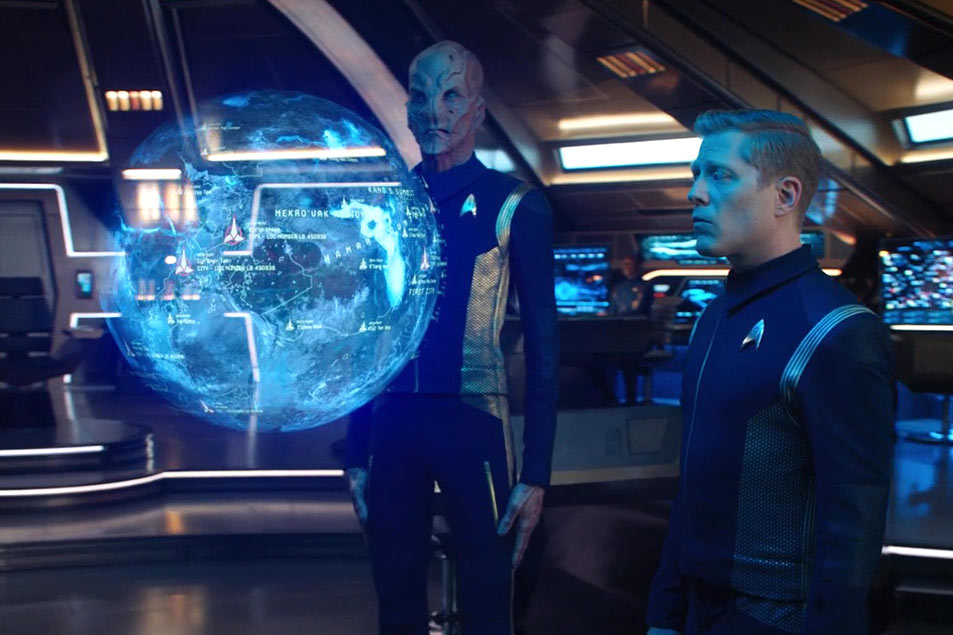
Once inside, it will secretly map the planet’s orbital defense grid and surface military installations, then use this information to launch a surprise attack on these strategic locations. According to Georgiou, the attacks will draw the attention of the Klingon war effort away from Earth and back toward home.
But before Discovery can jump to Qo’noS, it needs to replenish its supply of mycelial spores. No longer able to cultivate any spores aboard the ship, Stamets pulls a rather large deus ex machina out of his pocket in the form of an experimental terraforming plan. Using his one remaining mycelial sample and whole bunch of specialized terraforming equipment that was apparently aboard the ship the whole time, Stamets is able to grow enough spores to make the jump.
Given how quickly the terraforming takes place, this technology must be a precursor to the Genesis program developed by Dr. Carol Marcus in The Wrath of Khan.
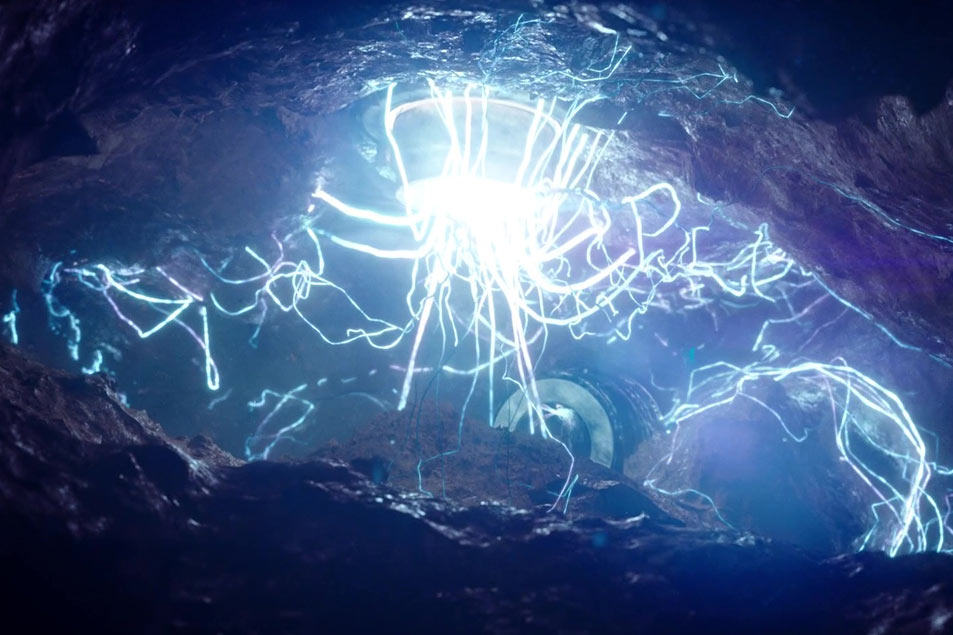
As the final piece of the plan to get Discovery to Qo’noS, Admiral Cornwell introduces the ship’s new captain: Philippa Georgiou. Her uniform may have changed, but that smirk tells all; this woman is a Terran through and through.
Because all information on the Mirror Universe has been deemed classified, Cornwell announces that the Georgiou sitting in the captain’s chair is in fact the same woman who was thought killed at the Battle of the Binary Stars. I have to assume the crew of Discovery isn’t fooled by the story — but with the look of shock on Detmer’s face, the only bridge officer besides Burnham and Saru to serve on the Shenzhou, it’s difficult to tell know where she stands.
That Emperor Georgiou was beamed aboard the ship is known only by a few crewmembers, but surely the existence and proximity of Emperor Georgiou was widely known. It doesn’t take much to put two and two together.
With that in mind, Cornwell’s announcement seems to have more value as a statement for the official record than it does as a cover story for those aboard Discovery during the mission.
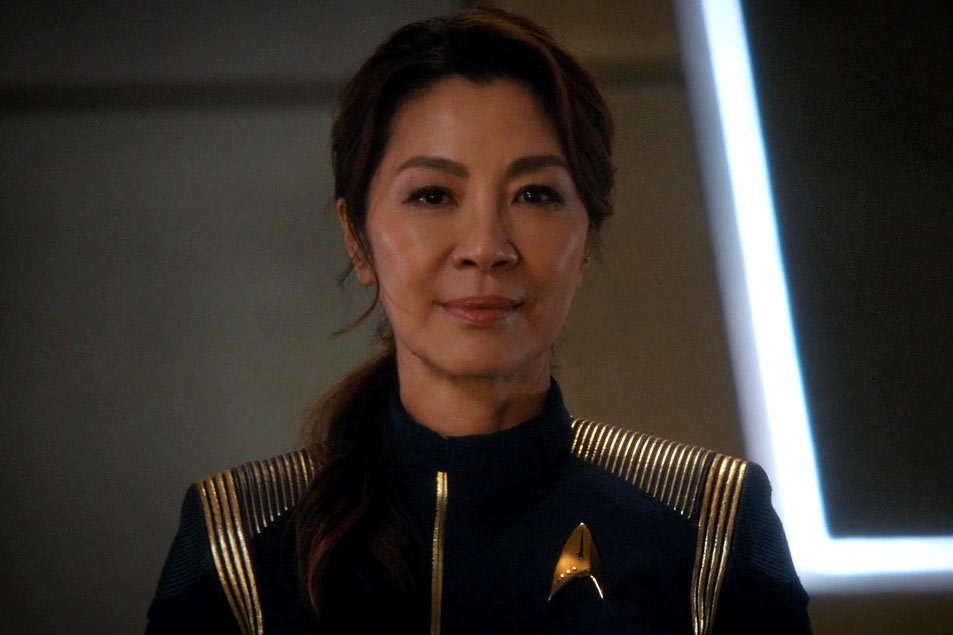
Given how nicely “The War Without, The War Within” tied together all the major story elements of the season, I can only expect that next week’s finale, “Will You Take My Hand?,” provides satisfying conclusions.
Based on the preview, it looks like the finale is going to be a sleek, exciting ride. We may have lost Leather Lorca, but the way she struts around in that black trench coat, it appears that Leather Georgiou will be a worthy replacement.
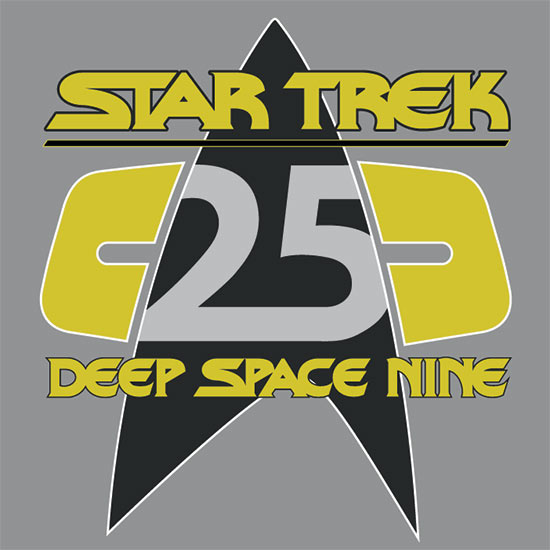 Looking ahead to the rest of the year, FanSets has already teased on social media that ship pins based upon the USS Franklin from Star Trek Beyond, the Constitution-class Enterprise from Star Trek (2009), and the refit USS Enterprise from Star Trek: The Motion Picture will be coming:
Looking ahead to the rest of the year, FanSets has already teased on social media that ship pins based upon the USS Franklin from Star Trek Beyond, the Constitution-class Enterprise from Star Trek (2009), and the refit USS Enterprise from Star Trek: The Motion Picture will be coming:![]()

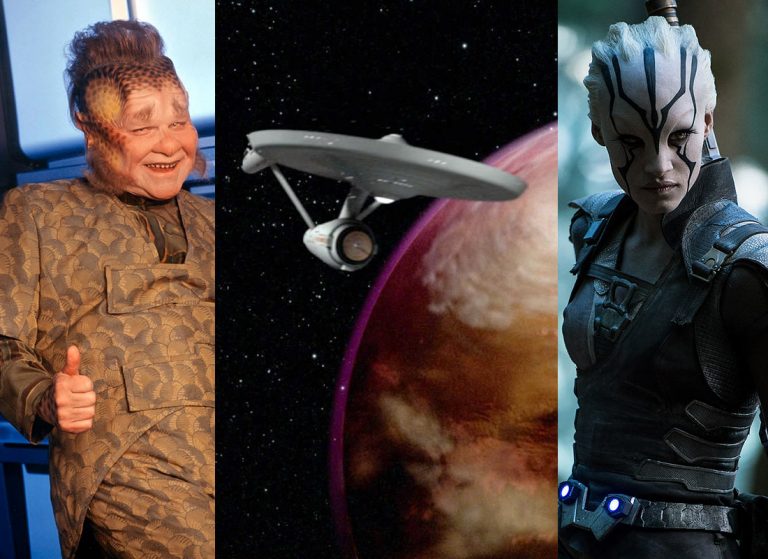
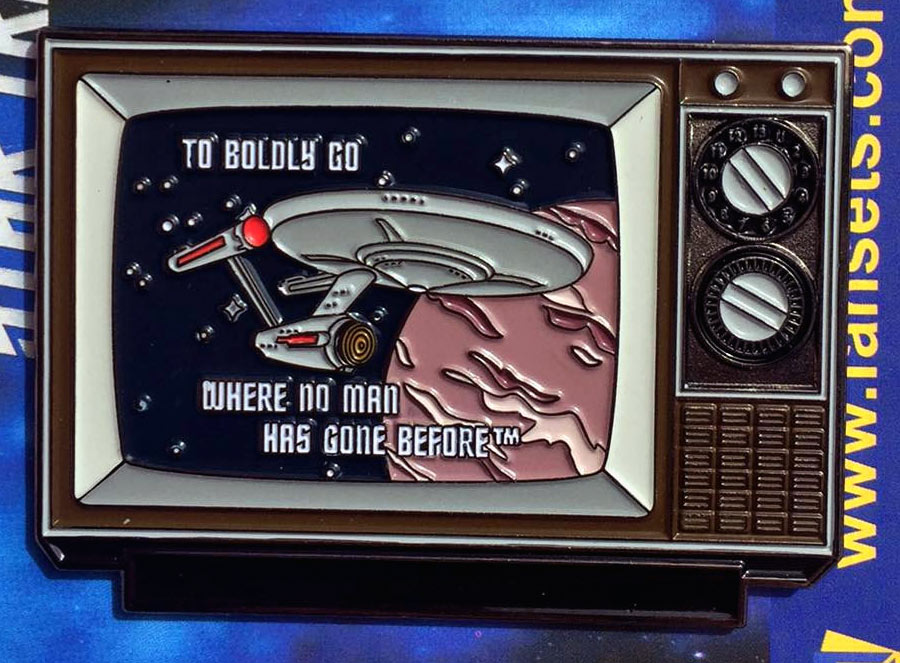
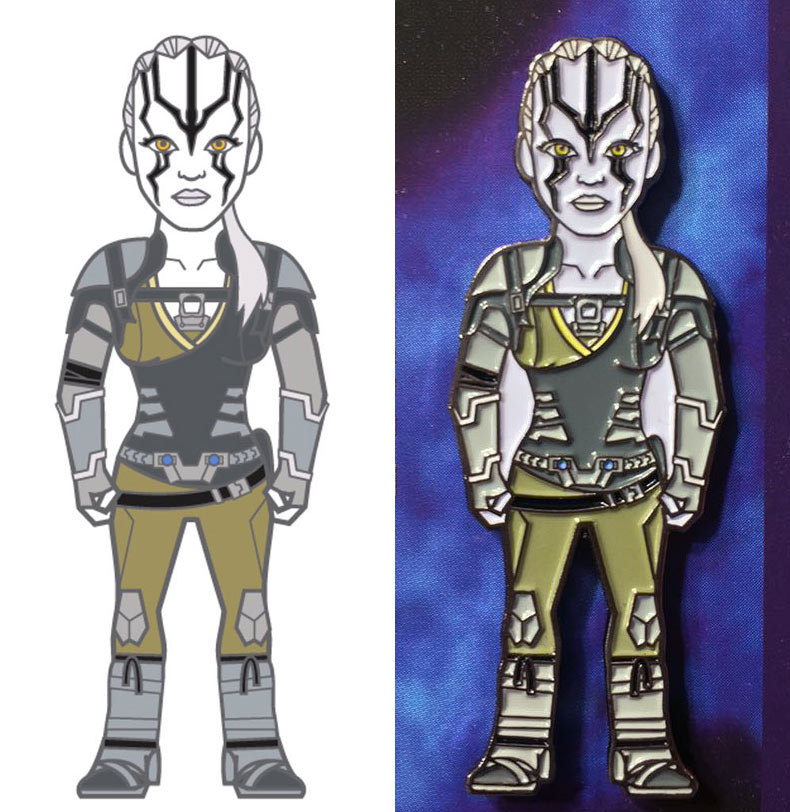
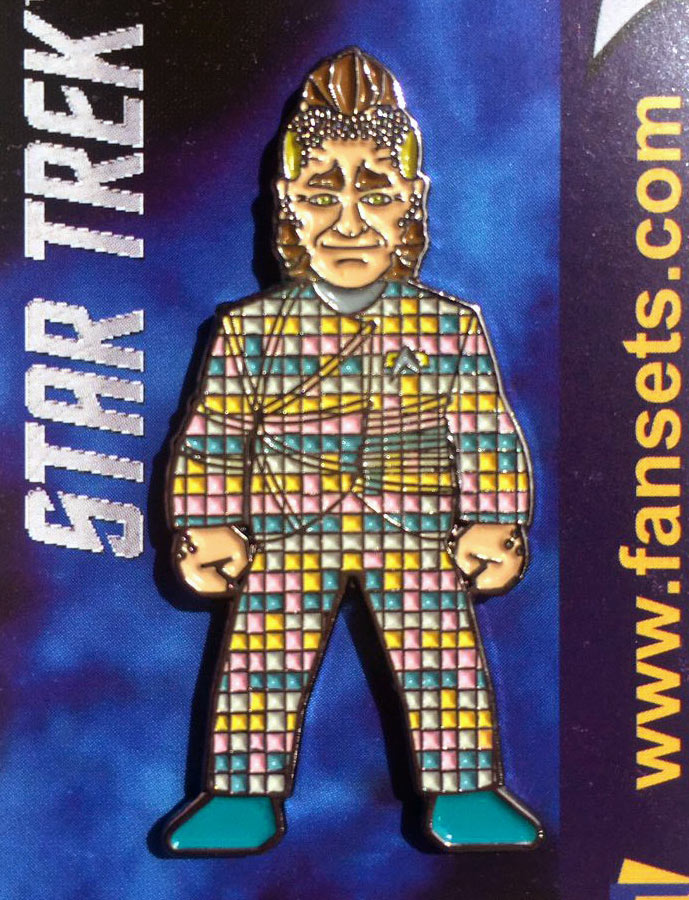
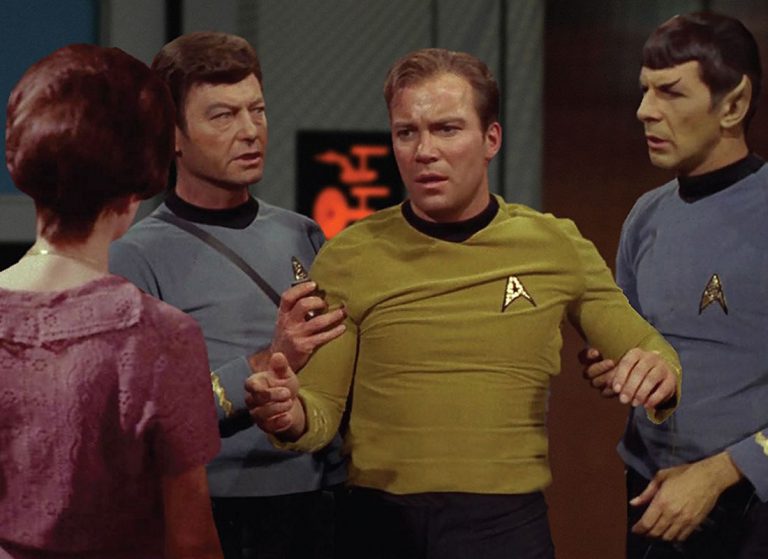
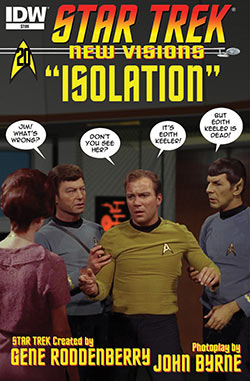
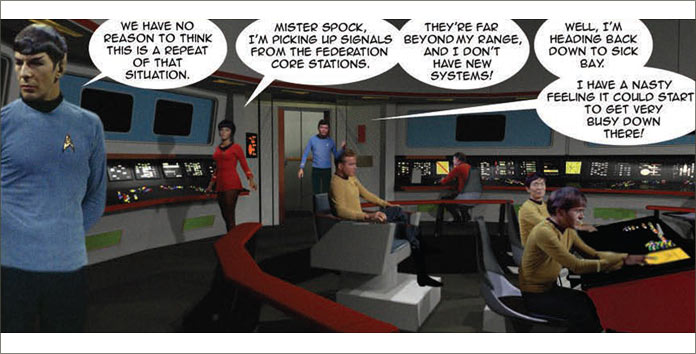
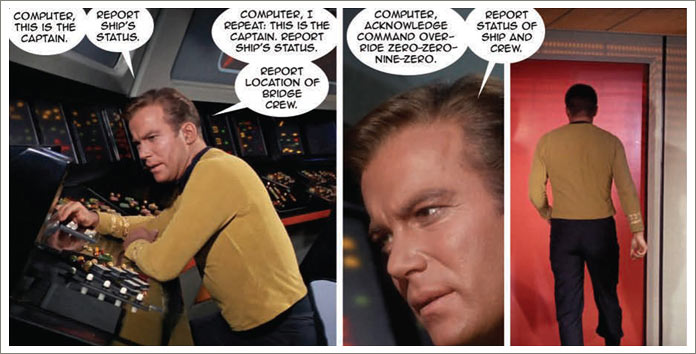
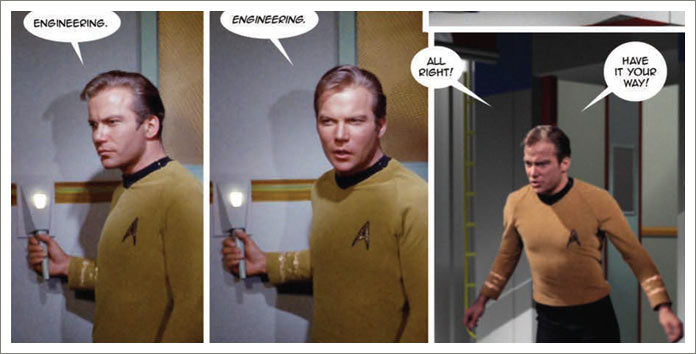
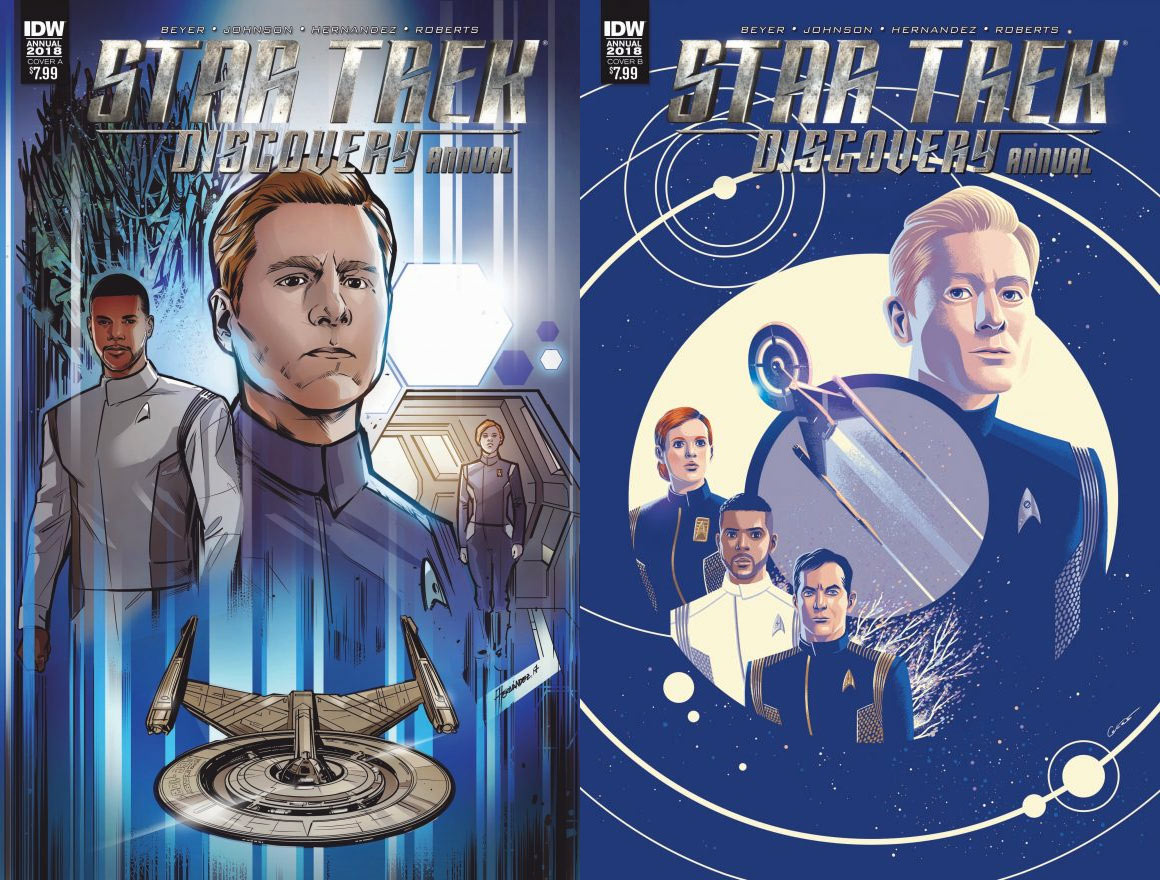
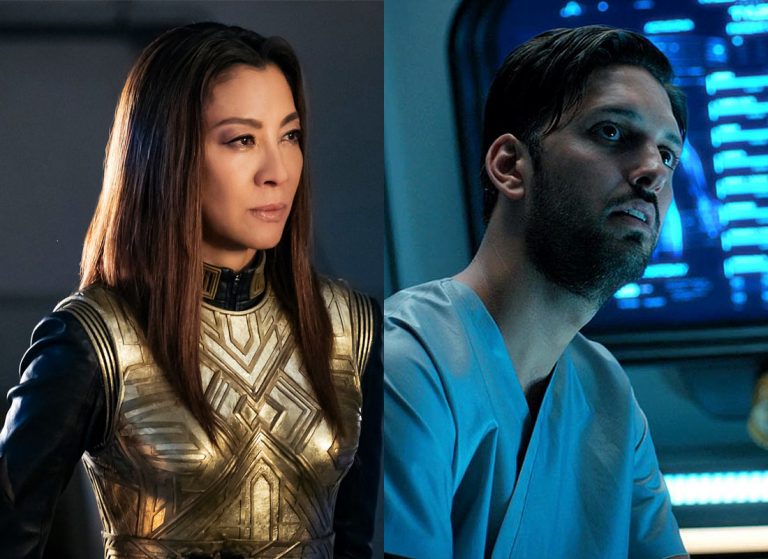

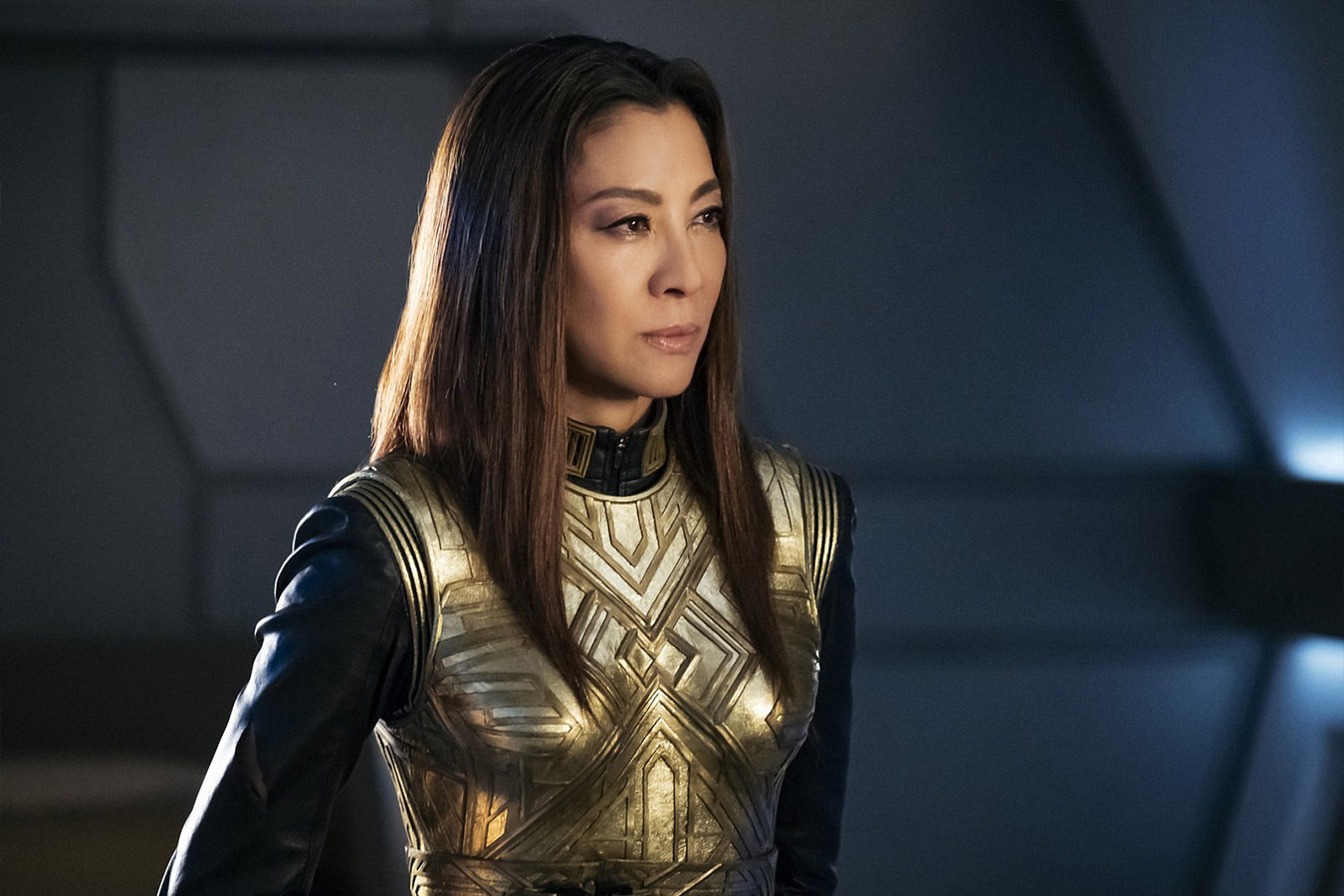
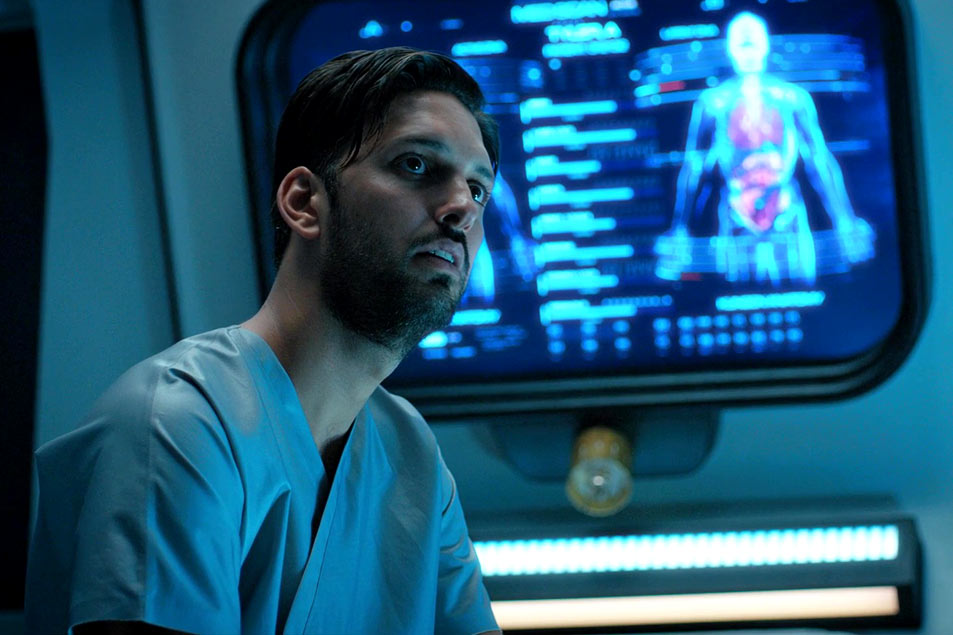
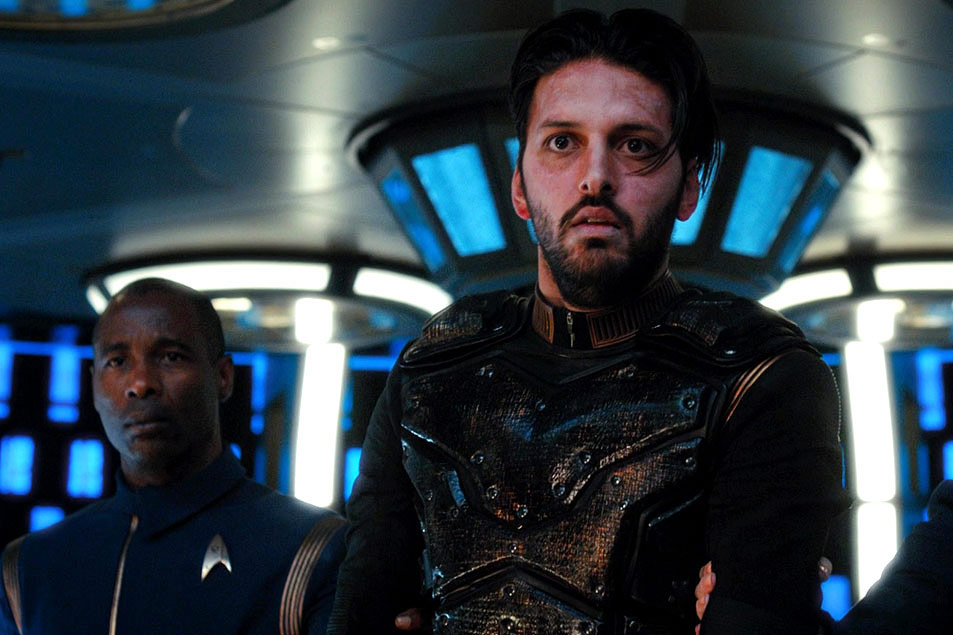
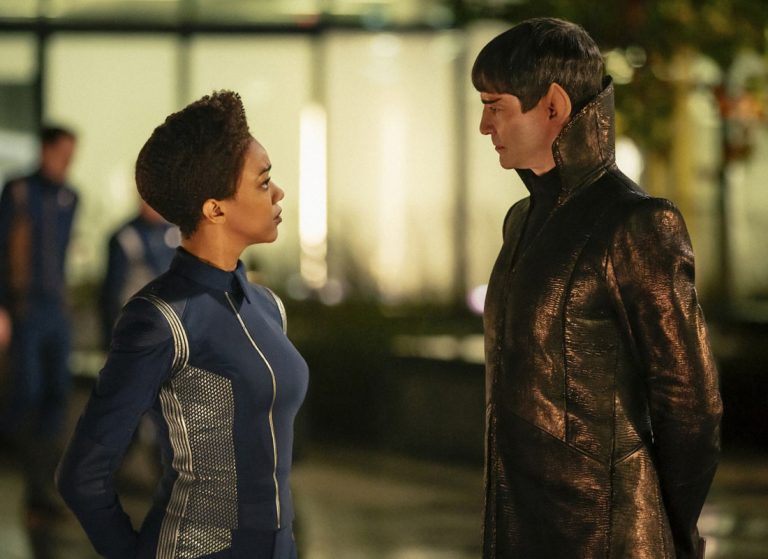
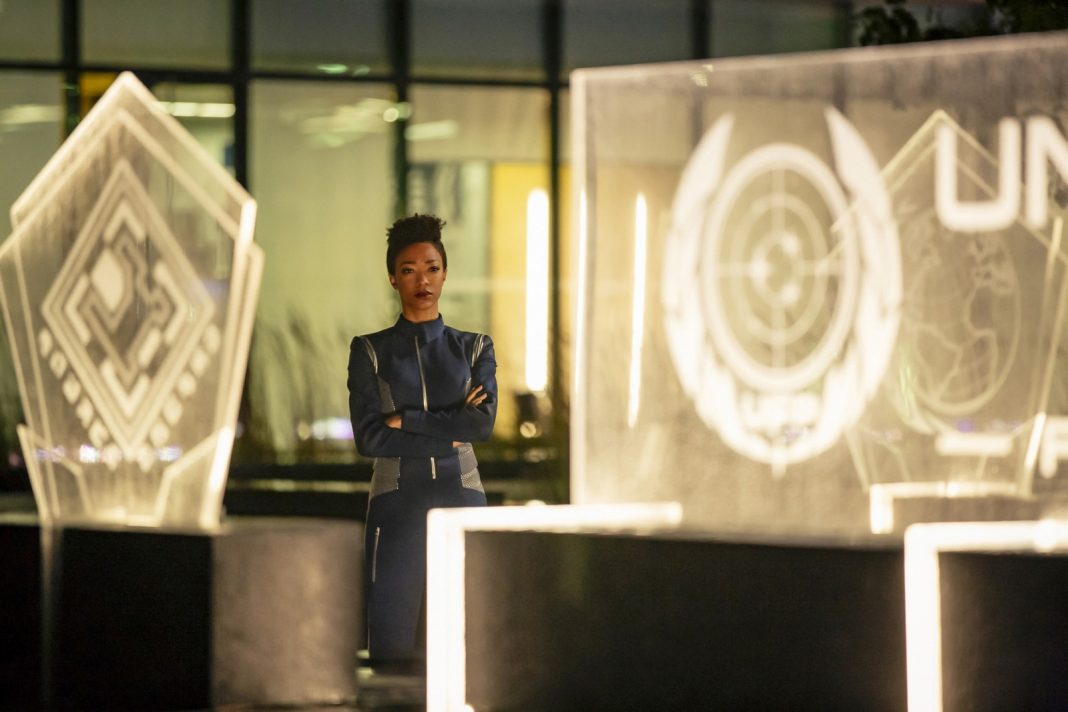
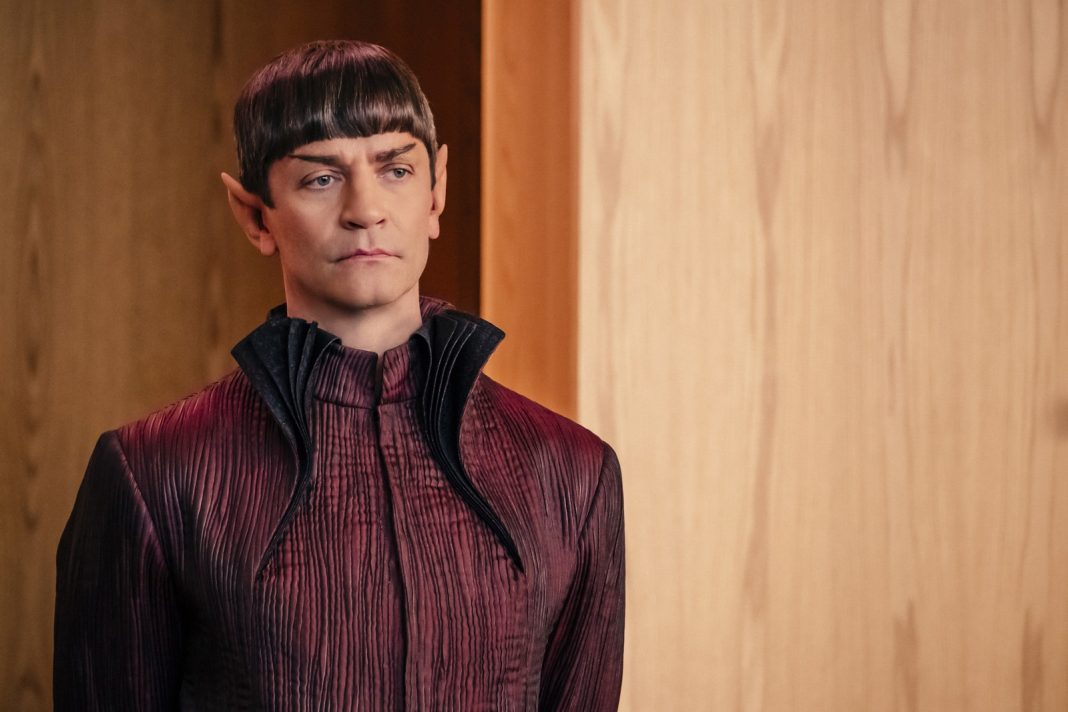
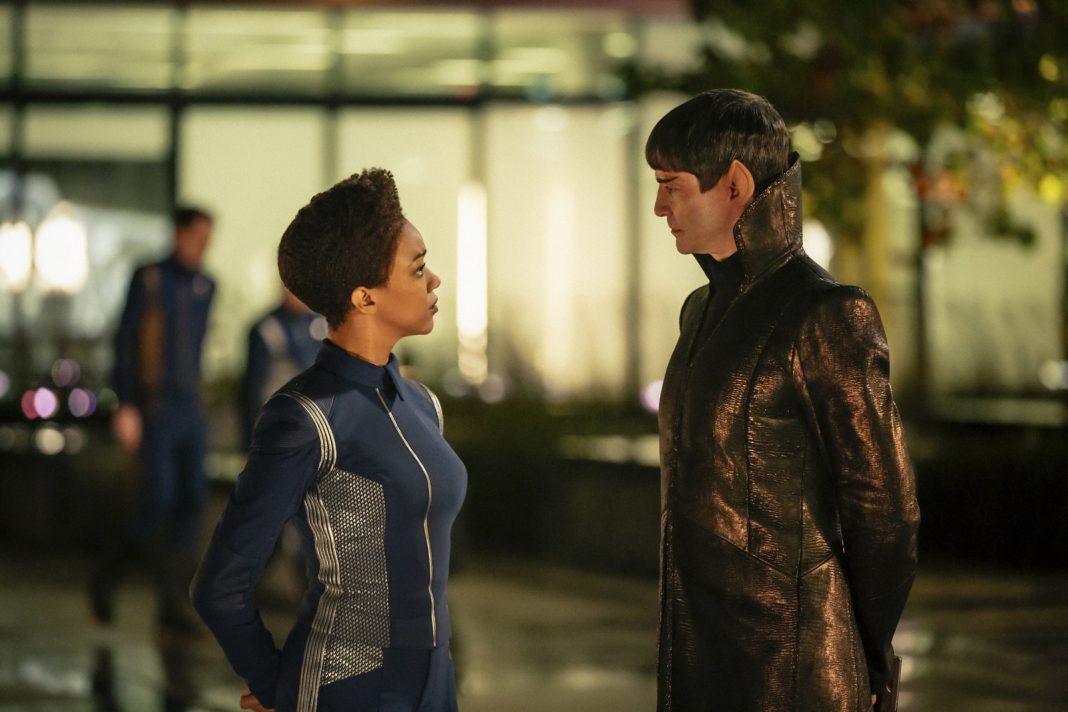
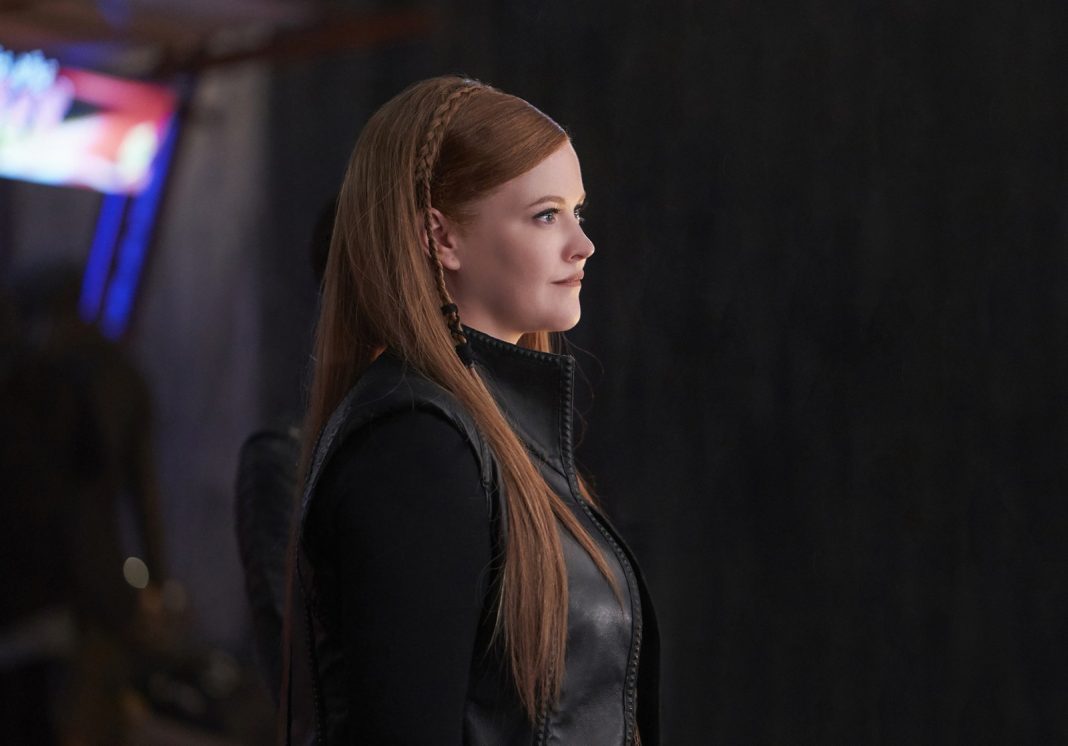
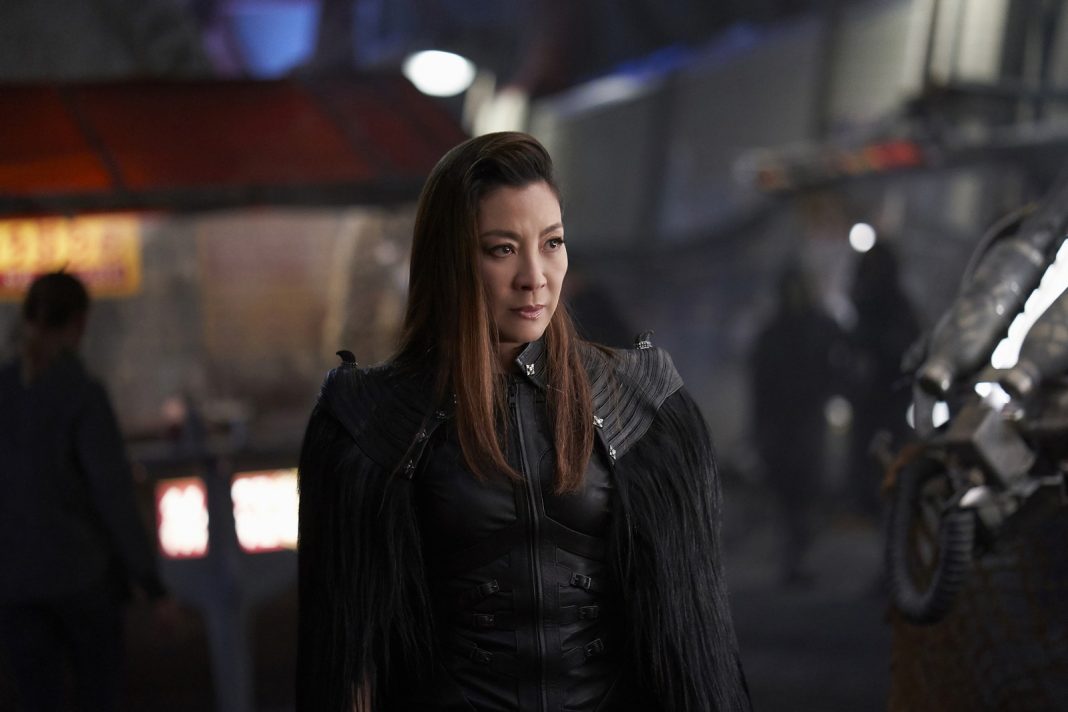
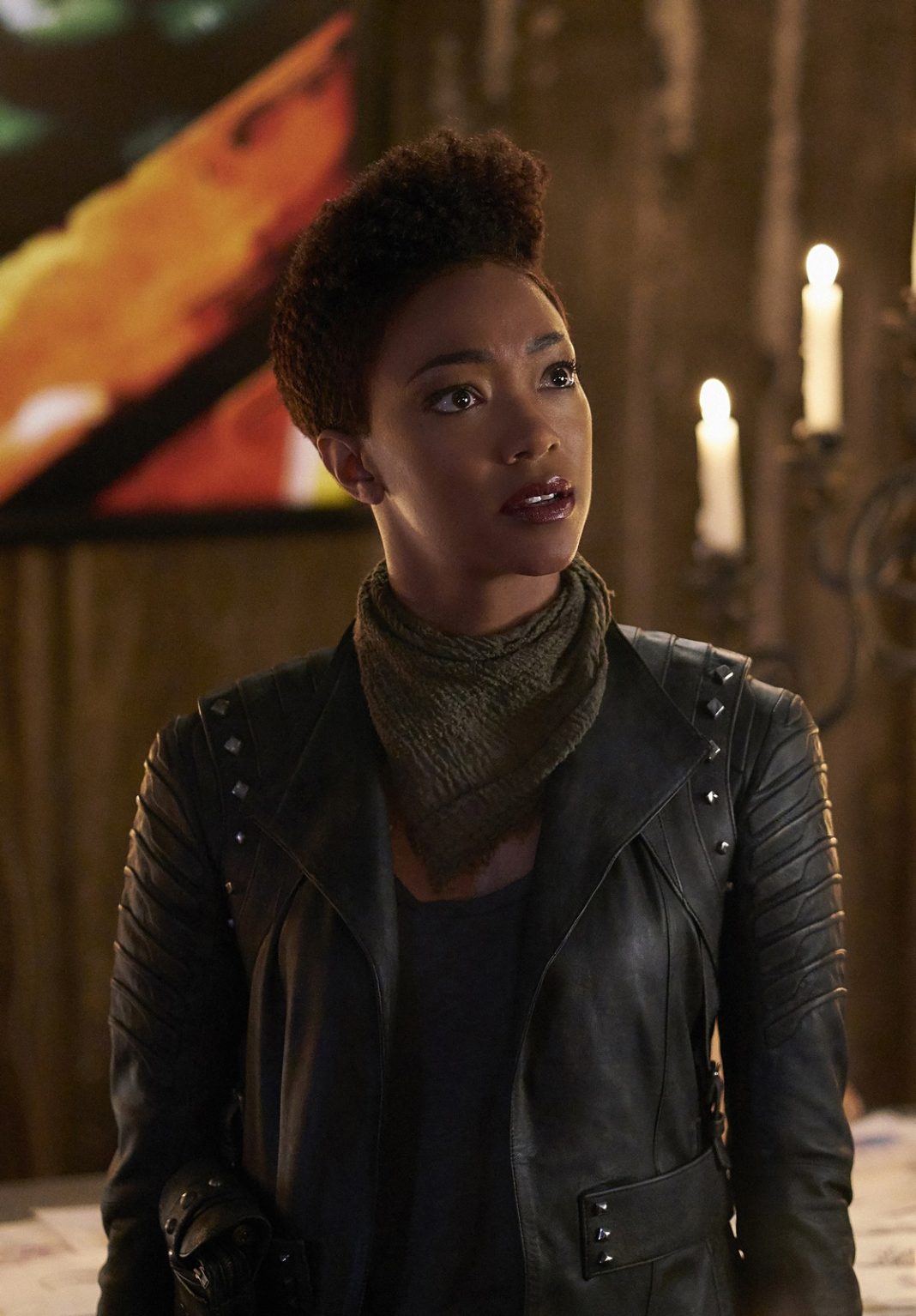
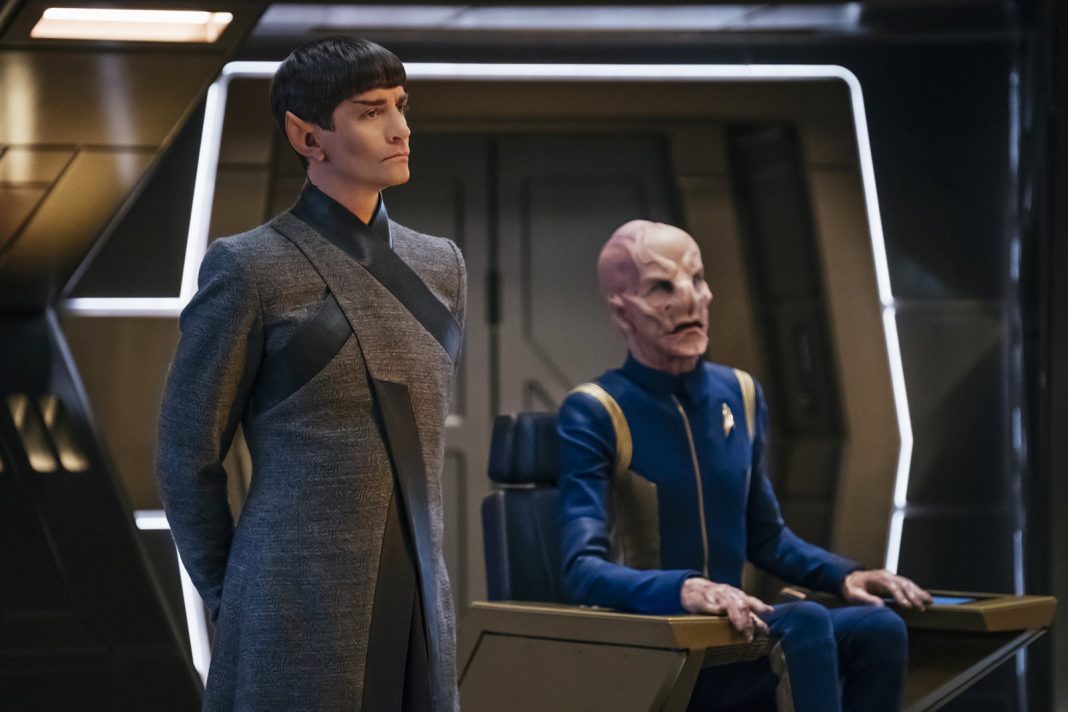
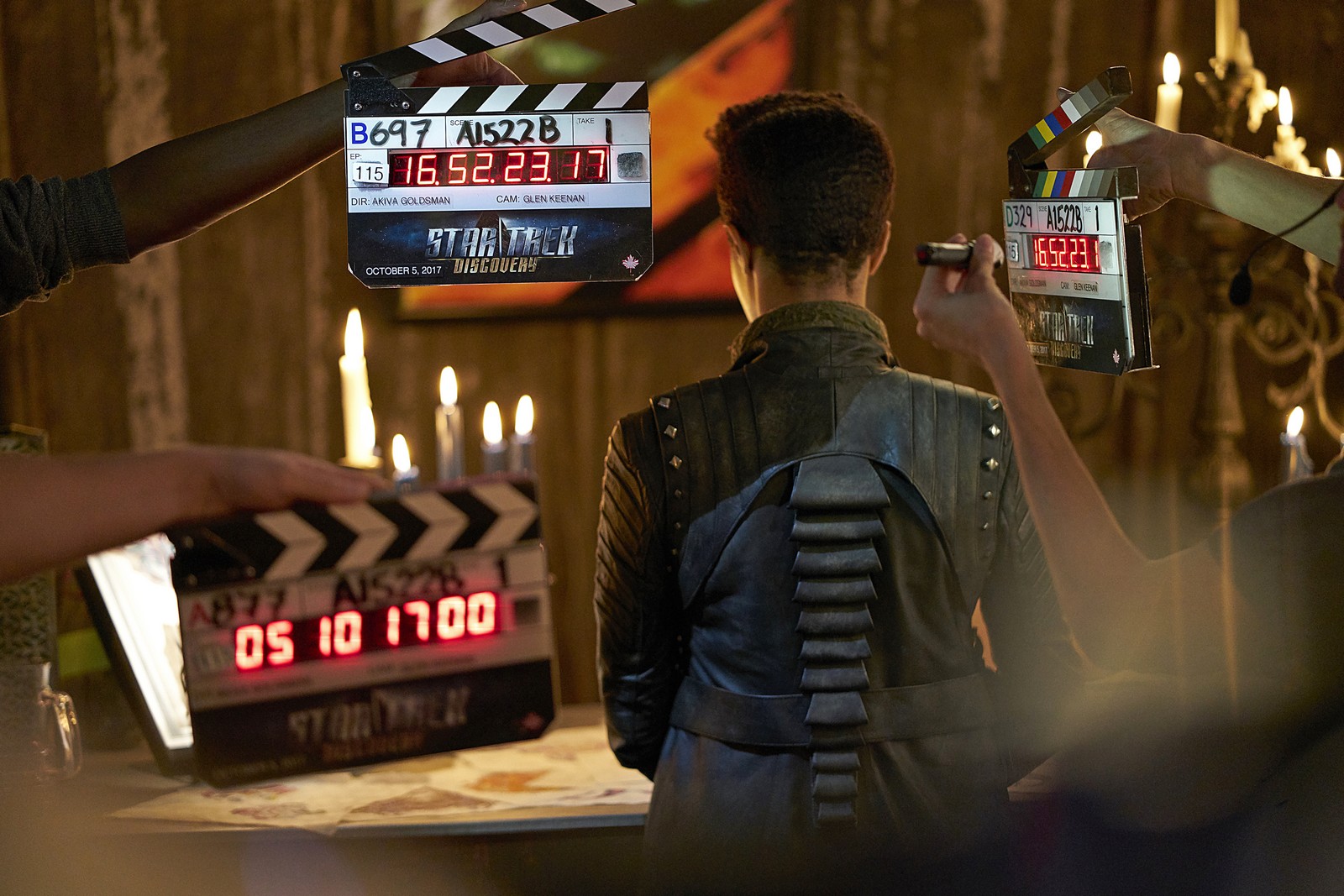
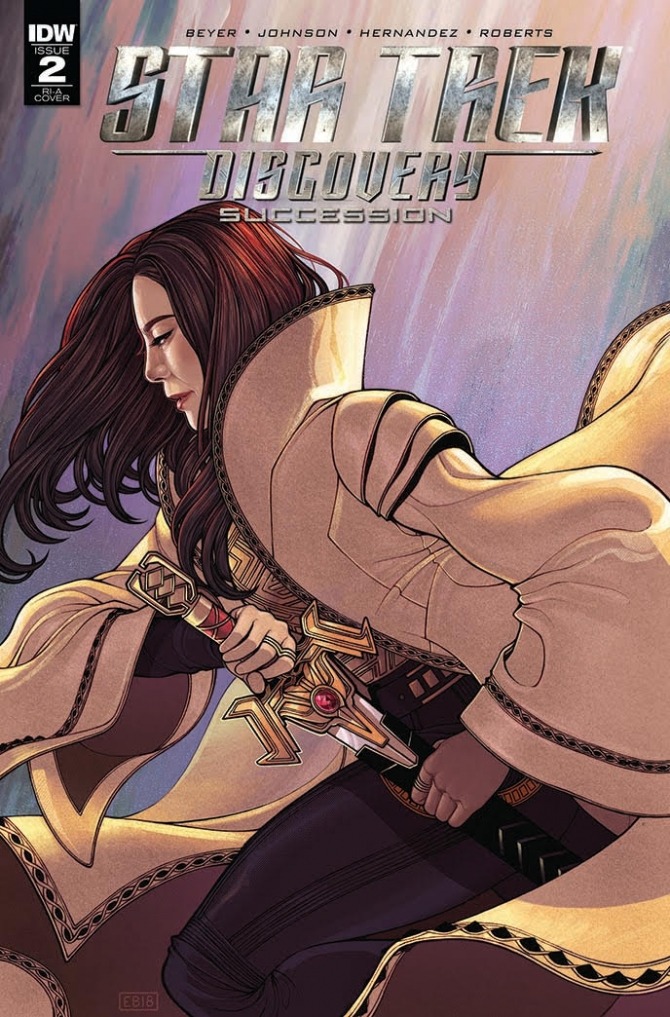
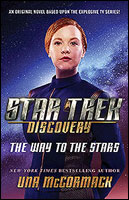 Novel #4:
Novel #4: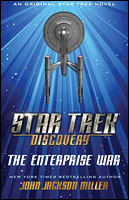 Novel #5:
Novel #5: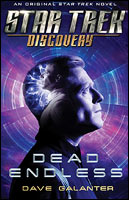 Novel #6:
Novel #6: